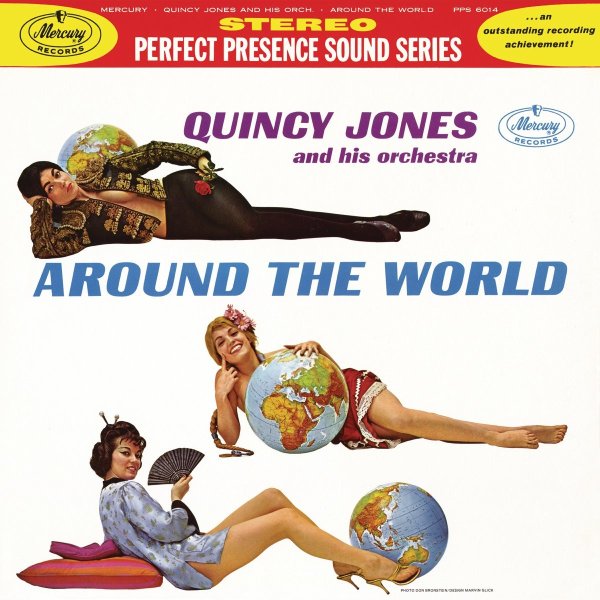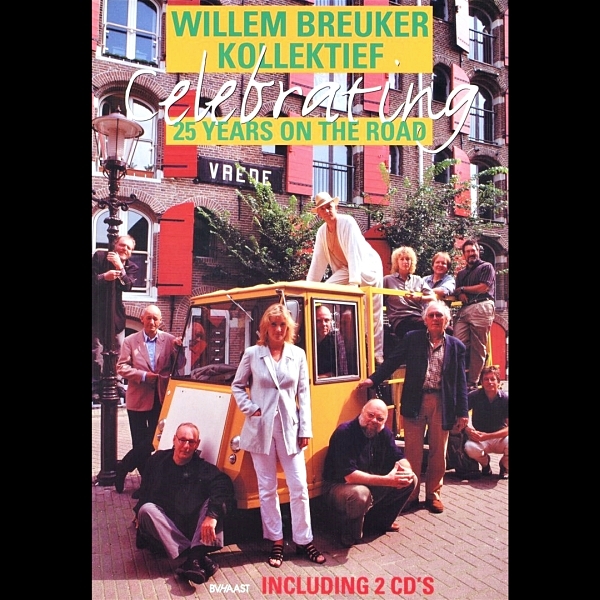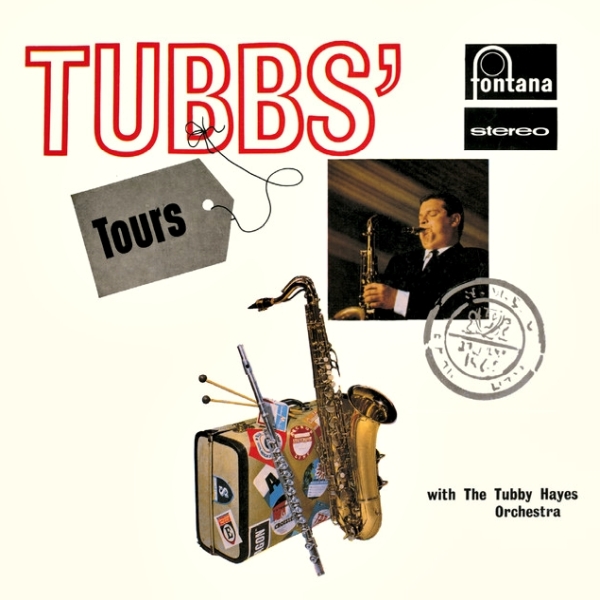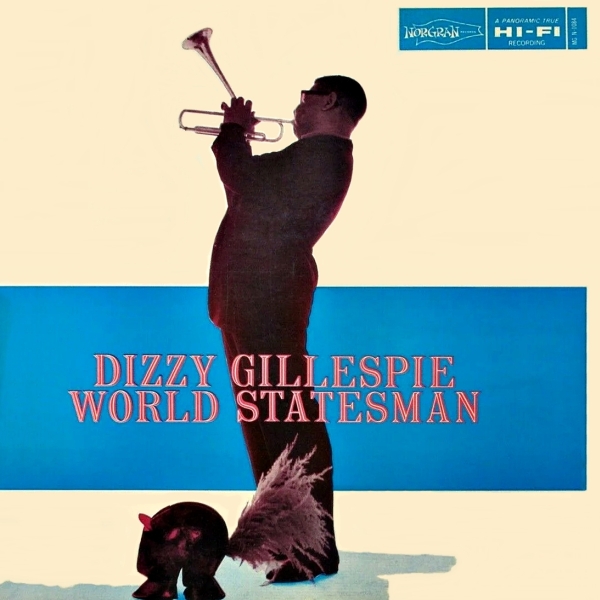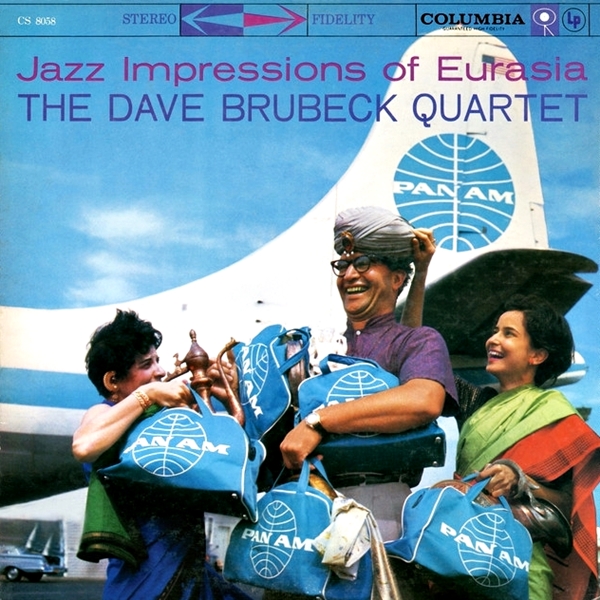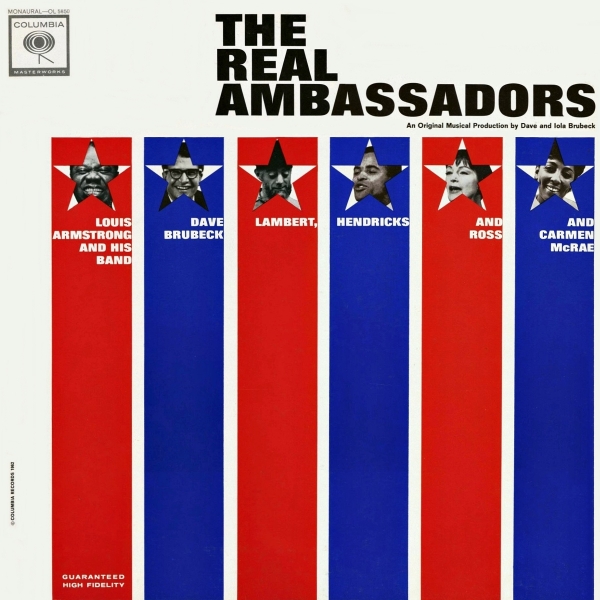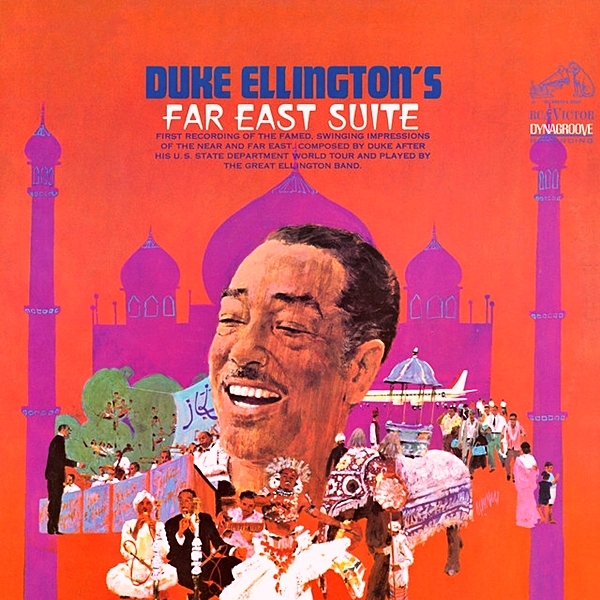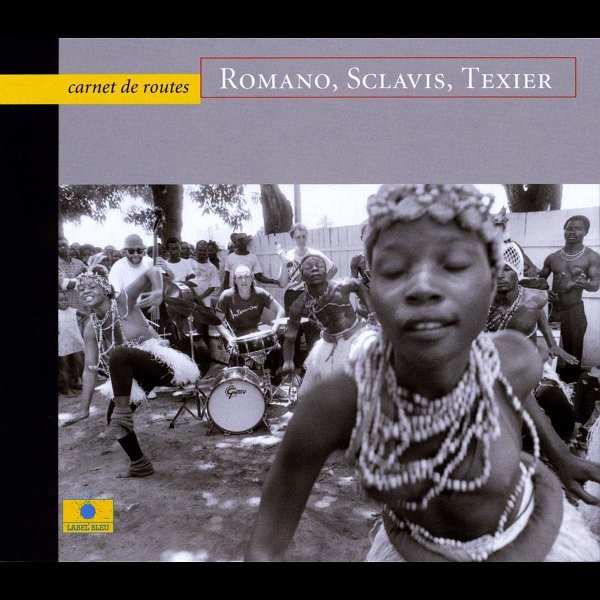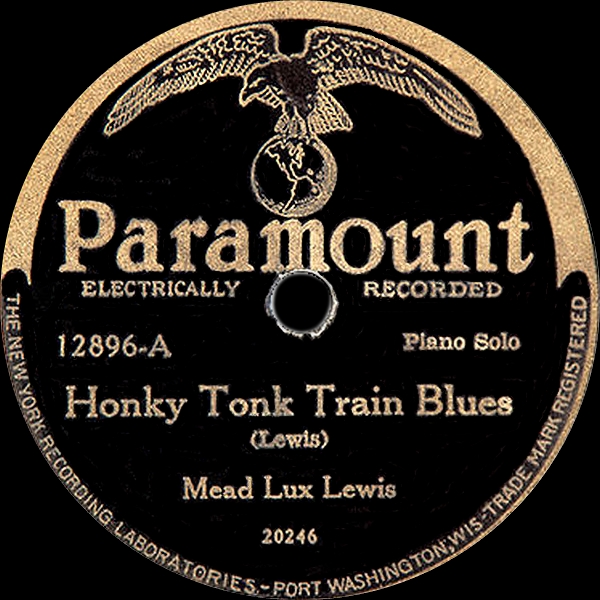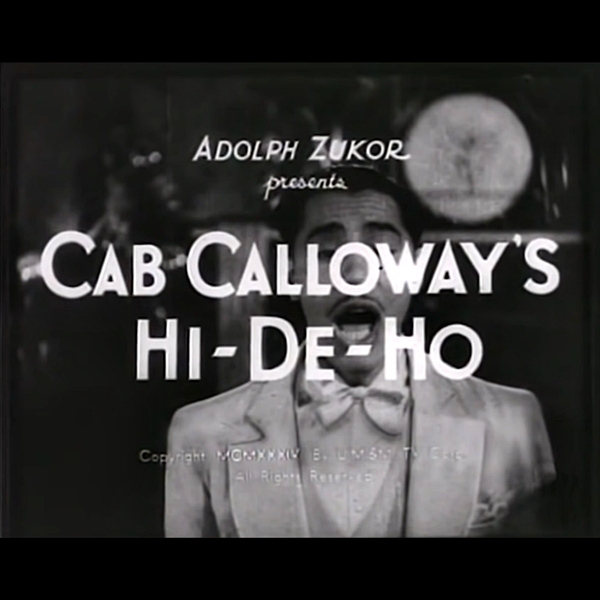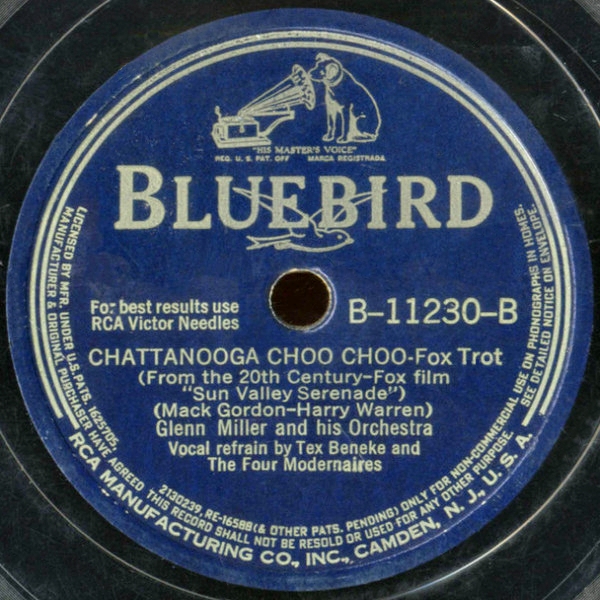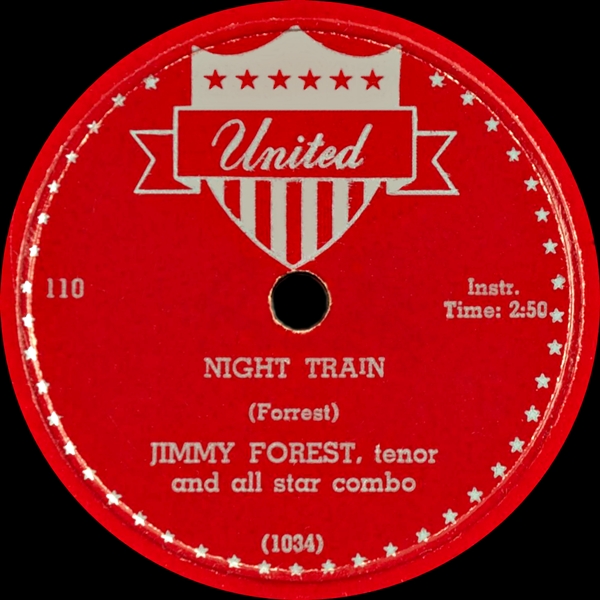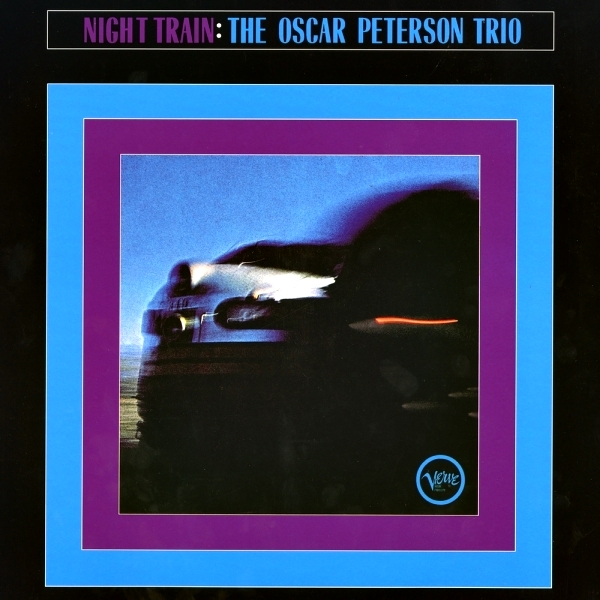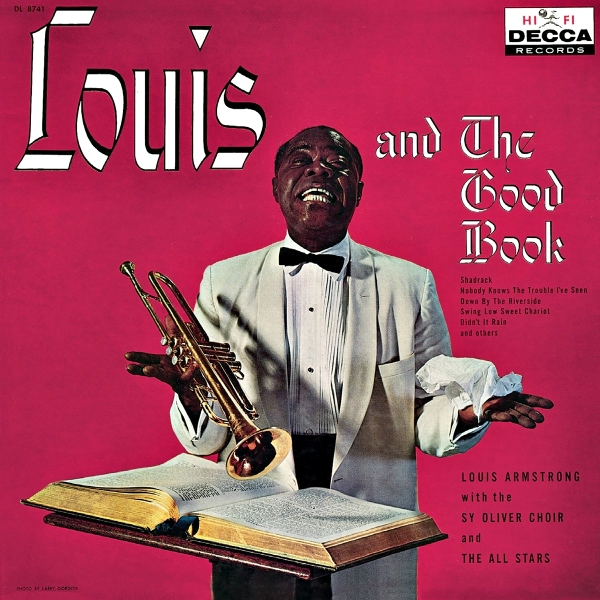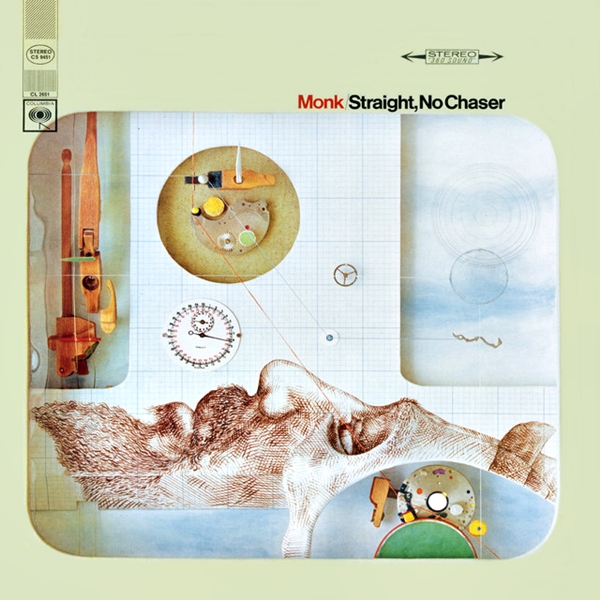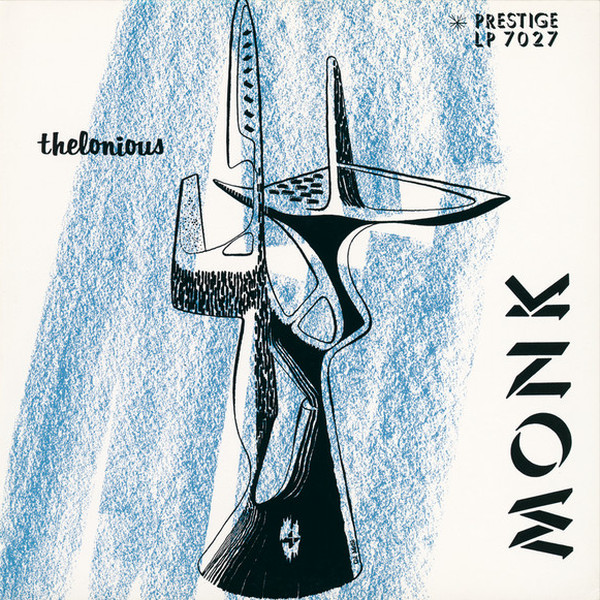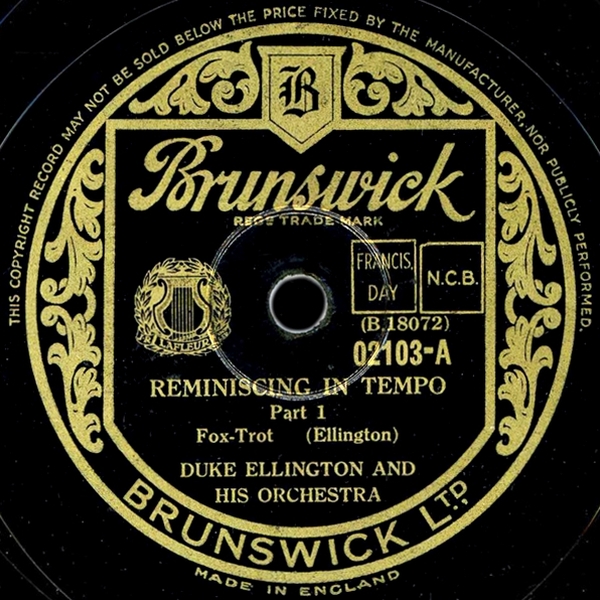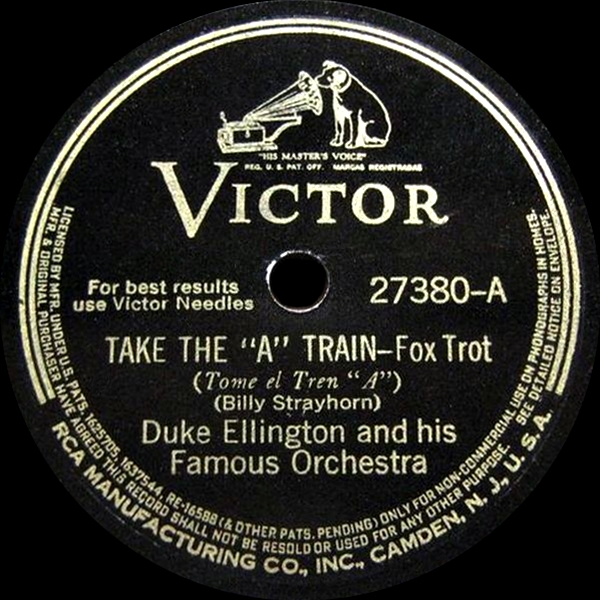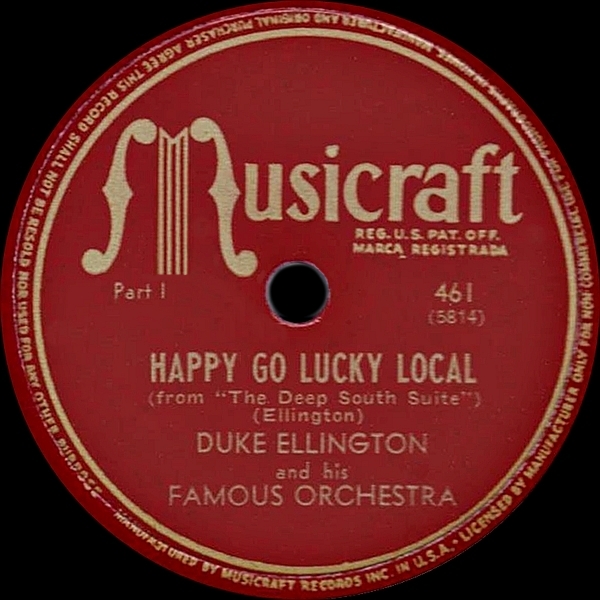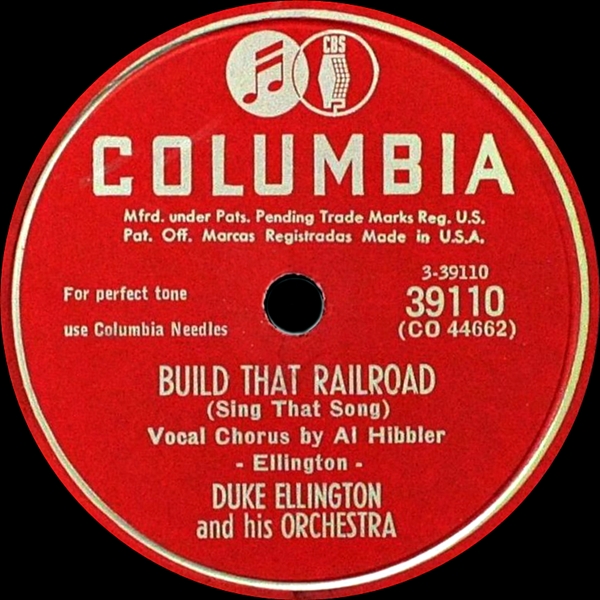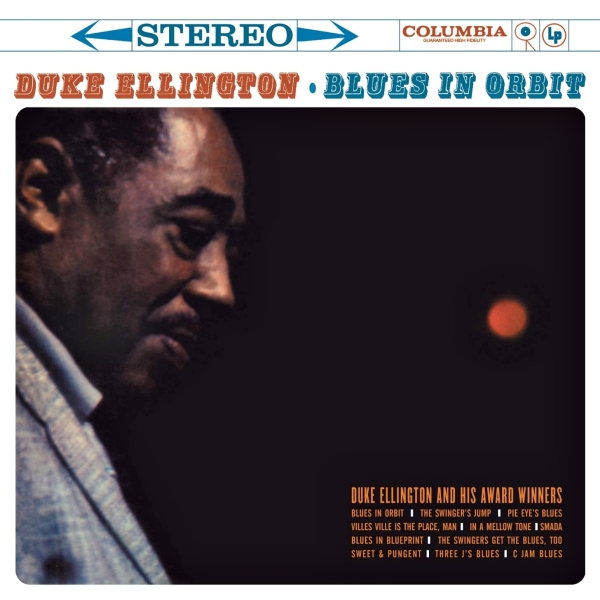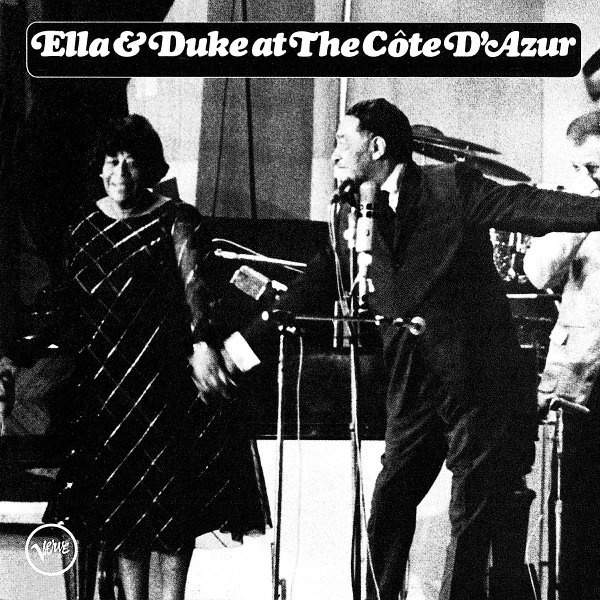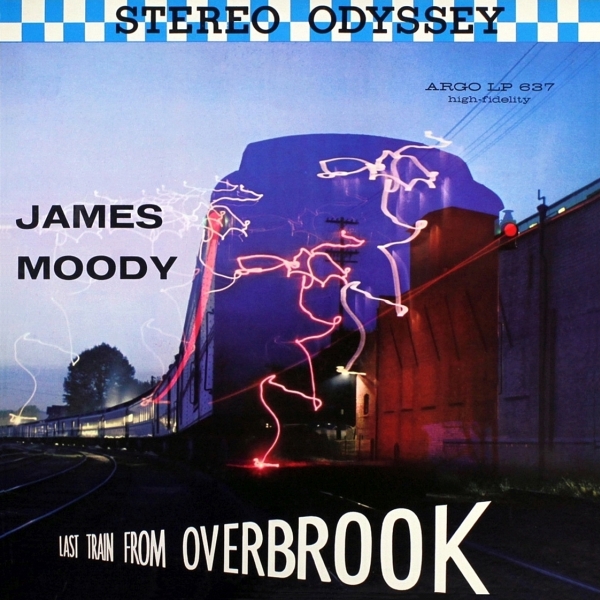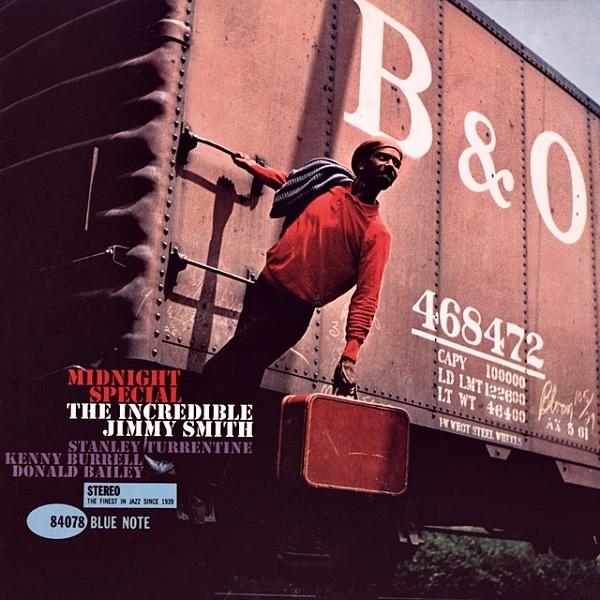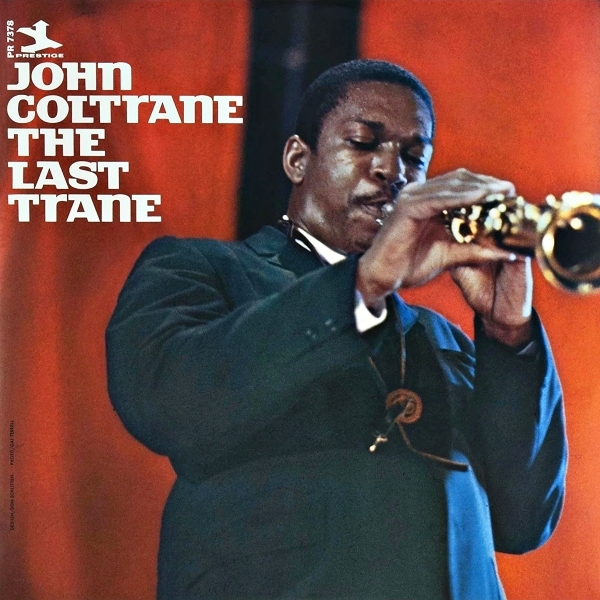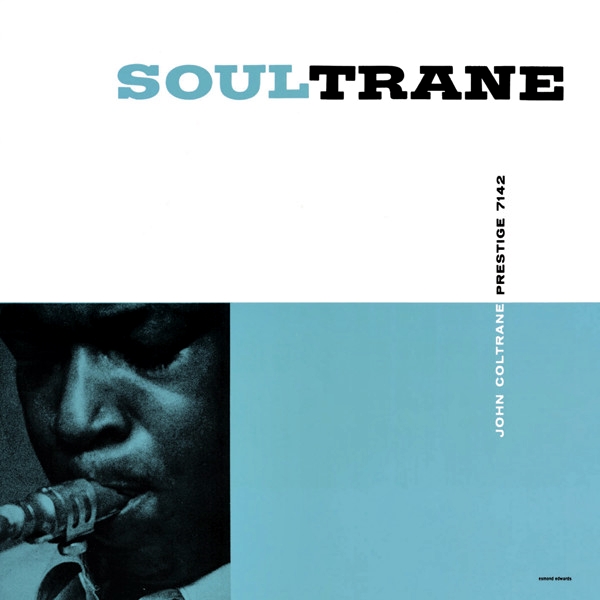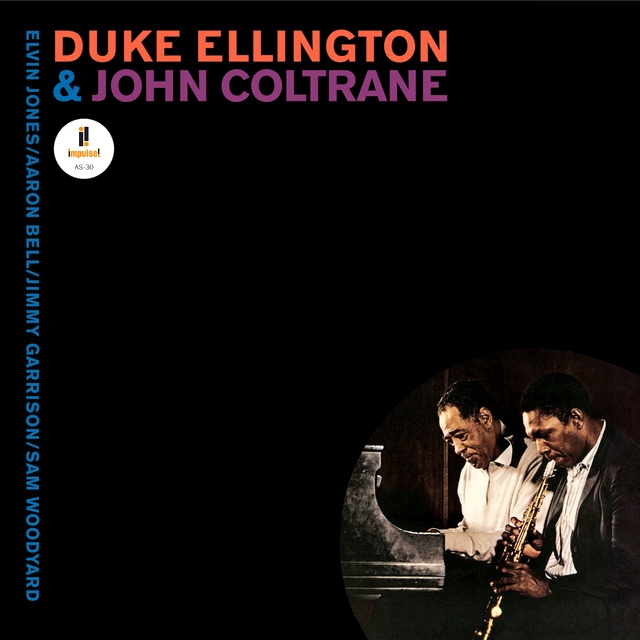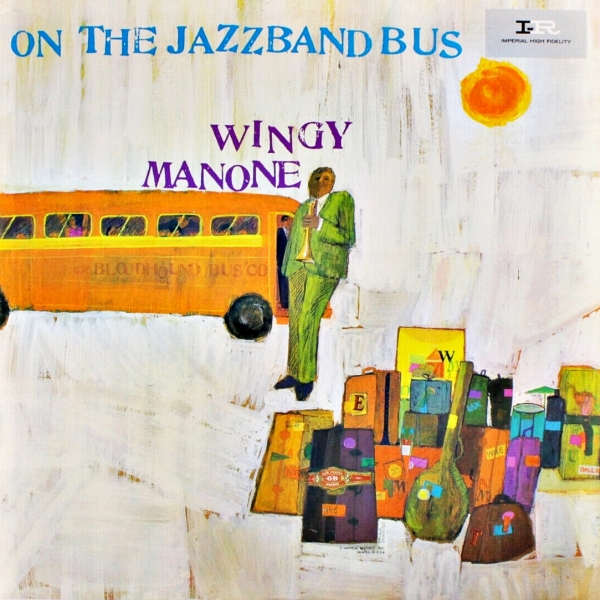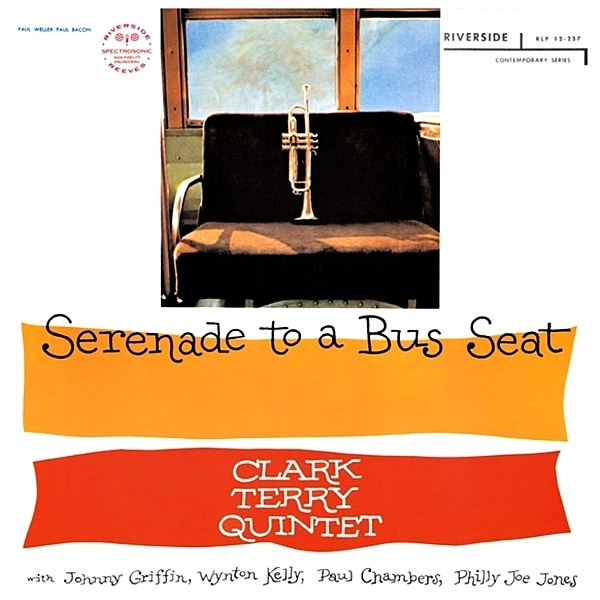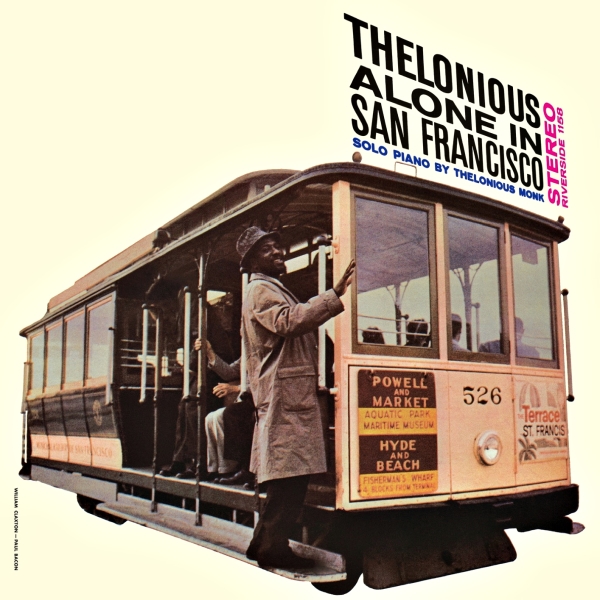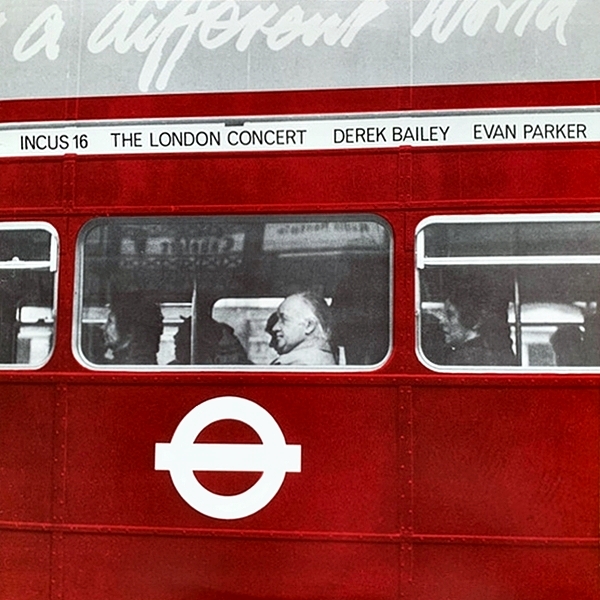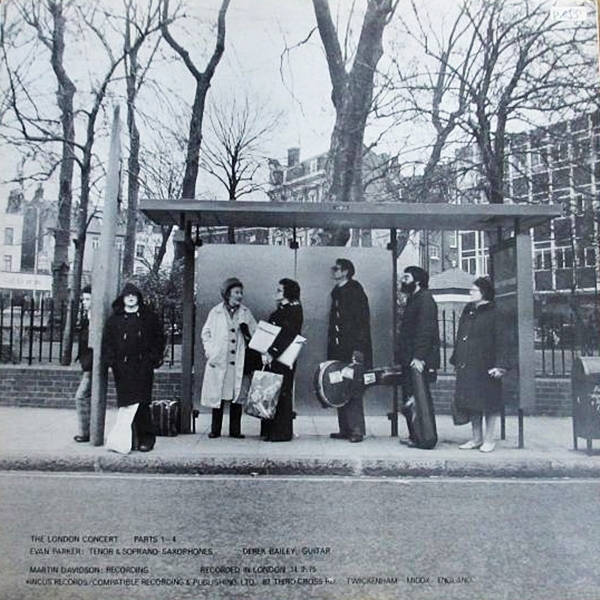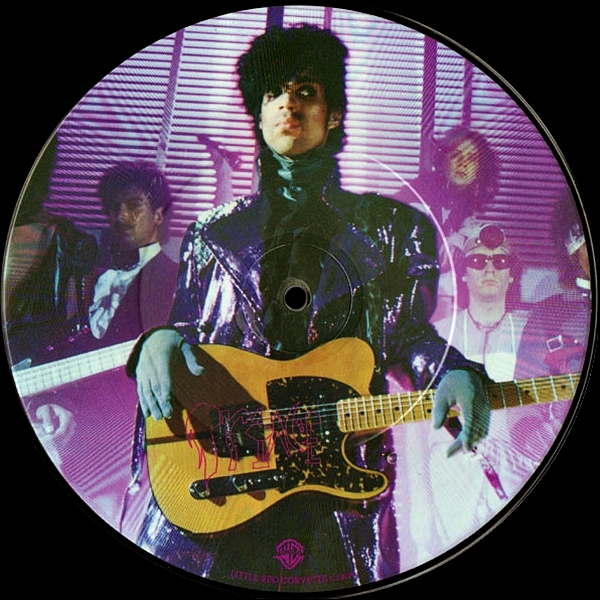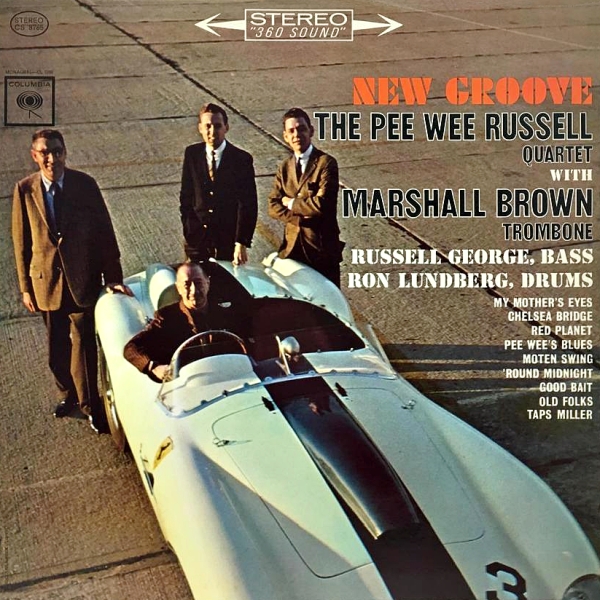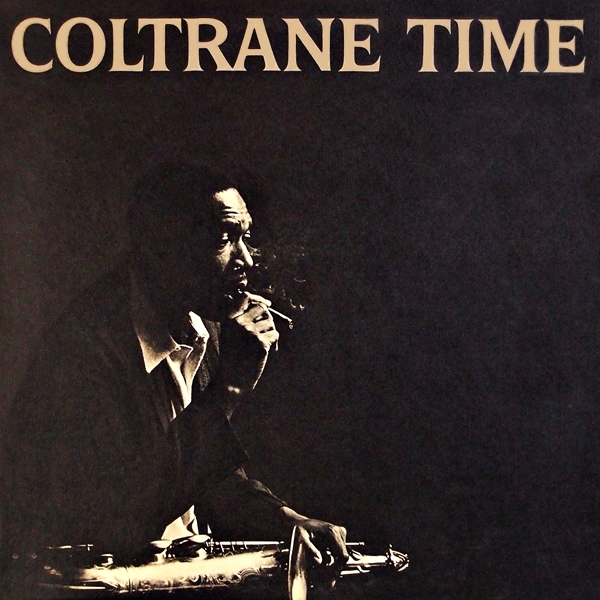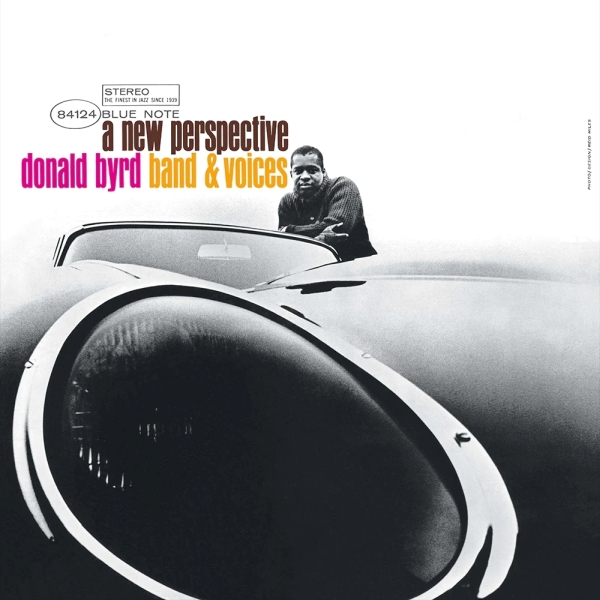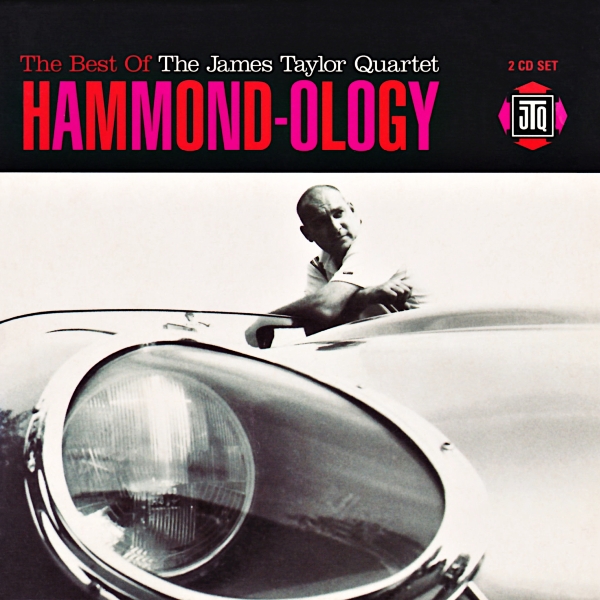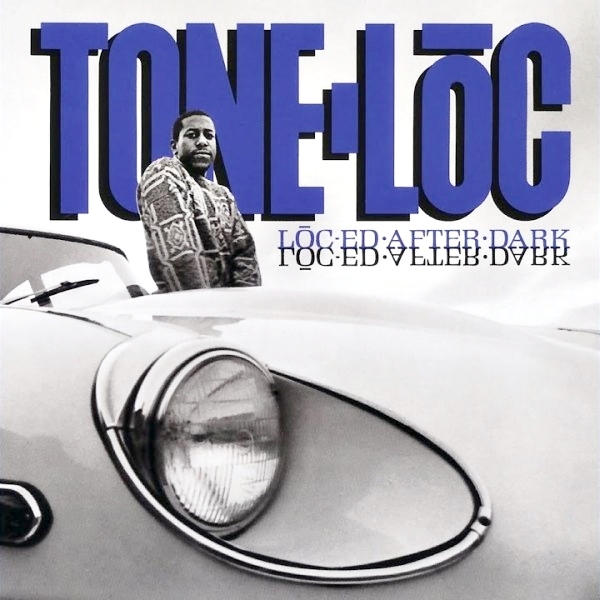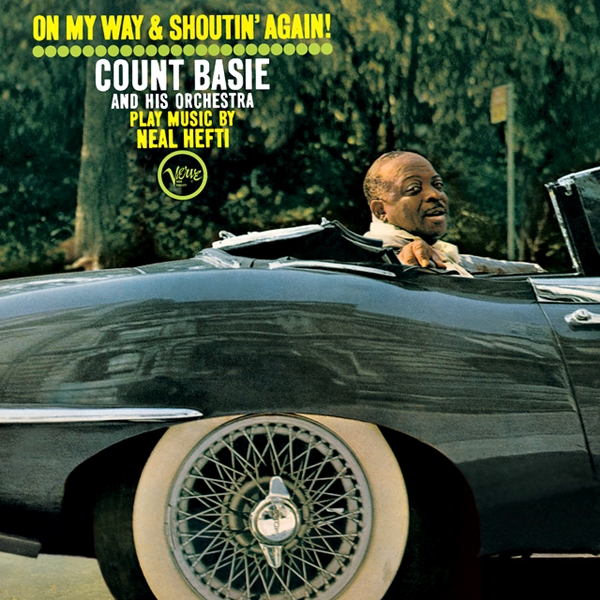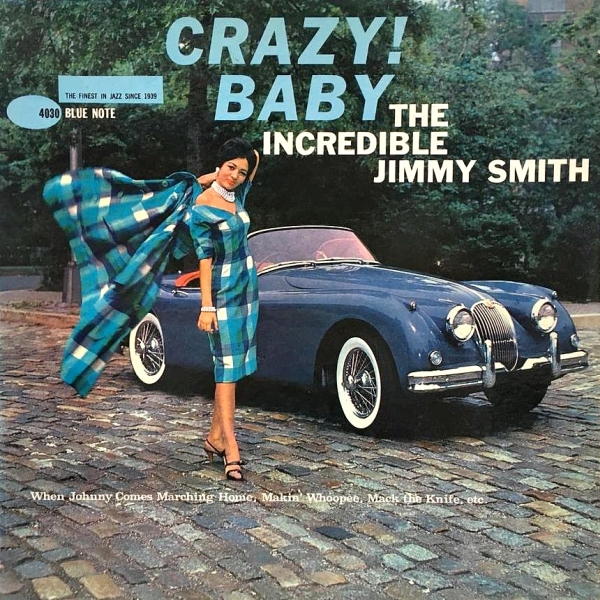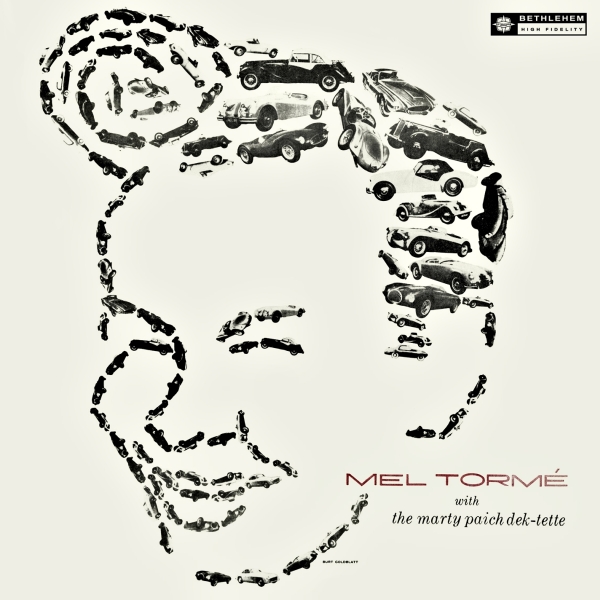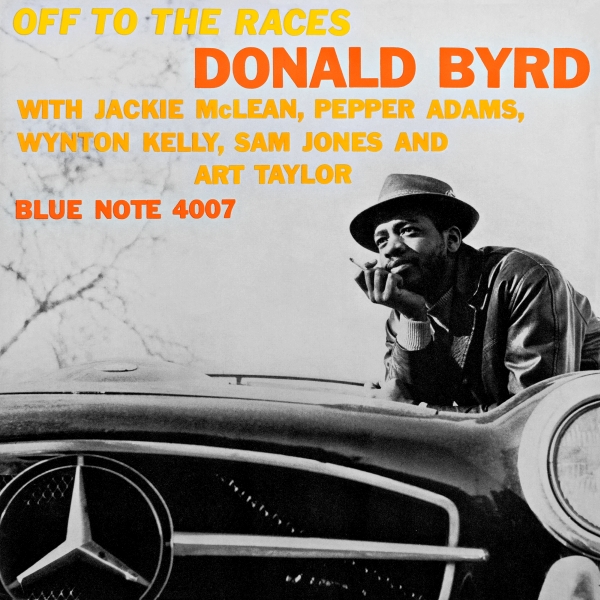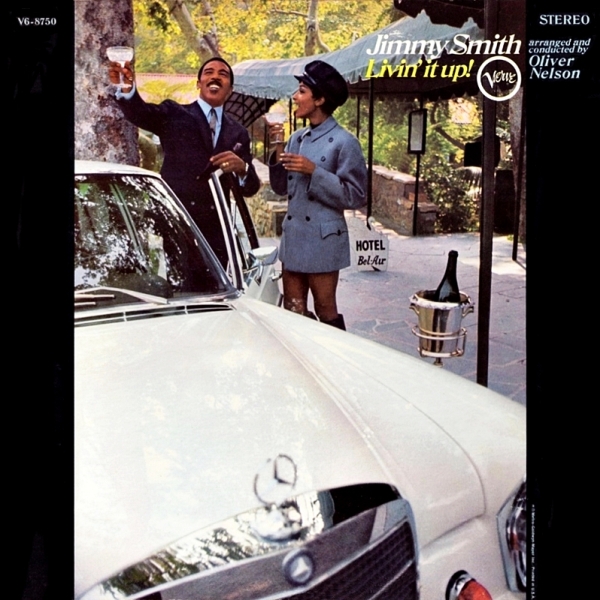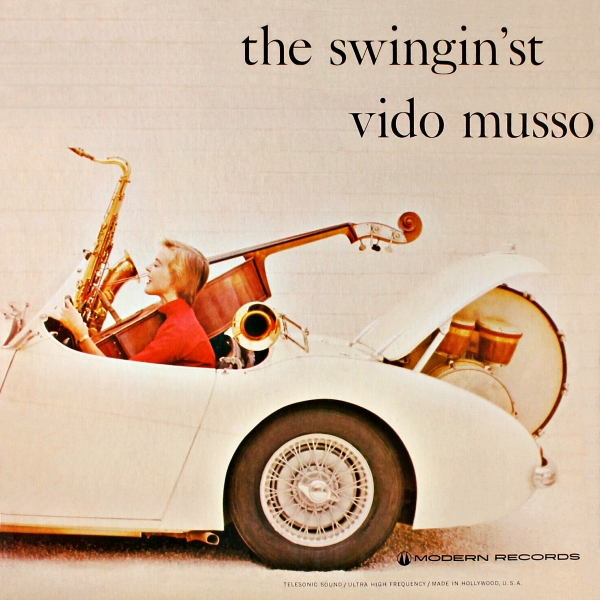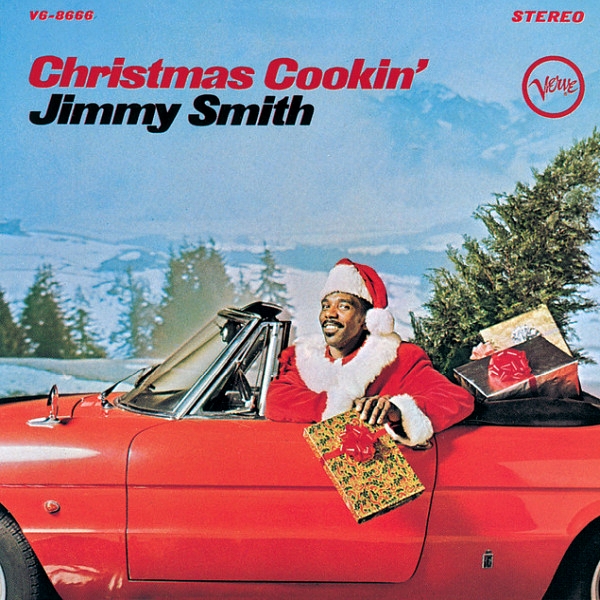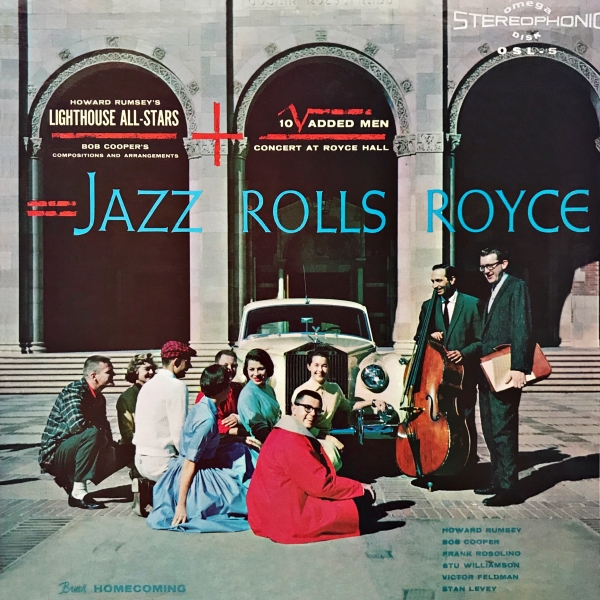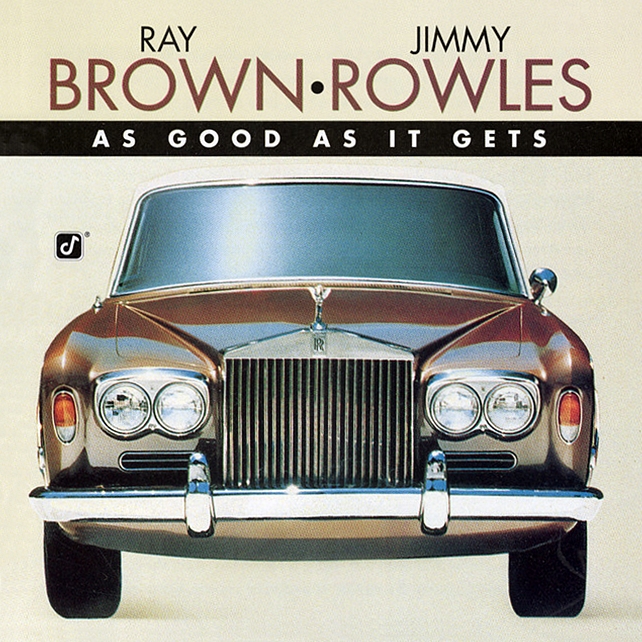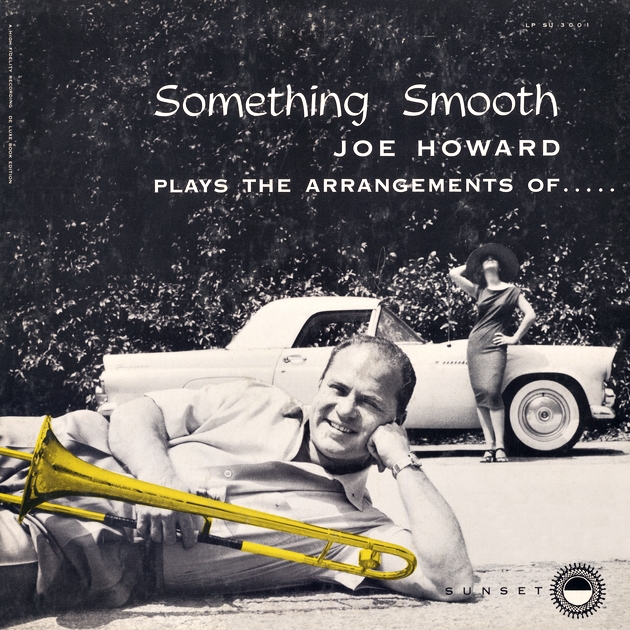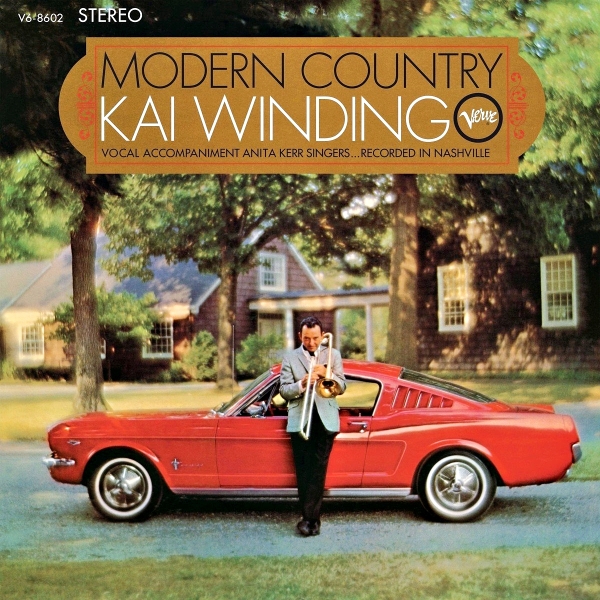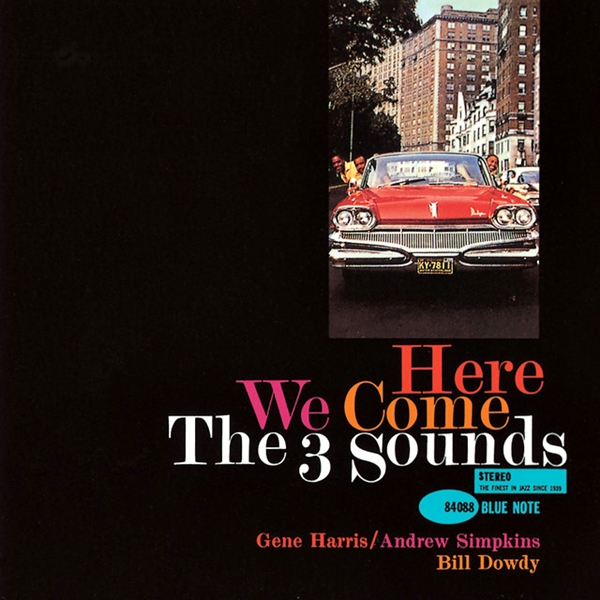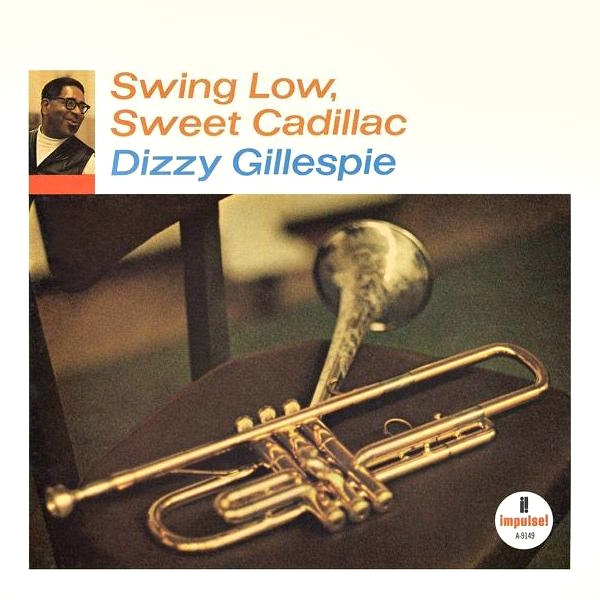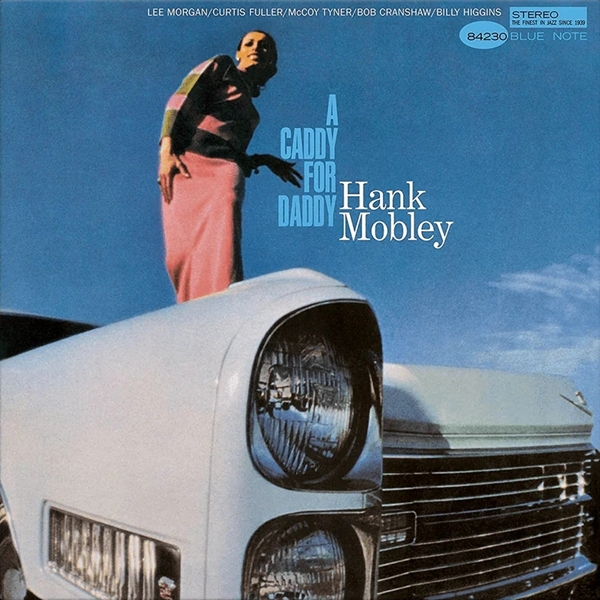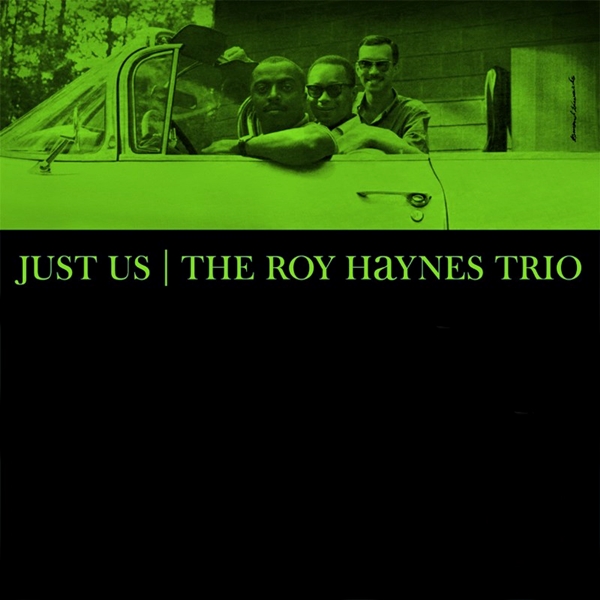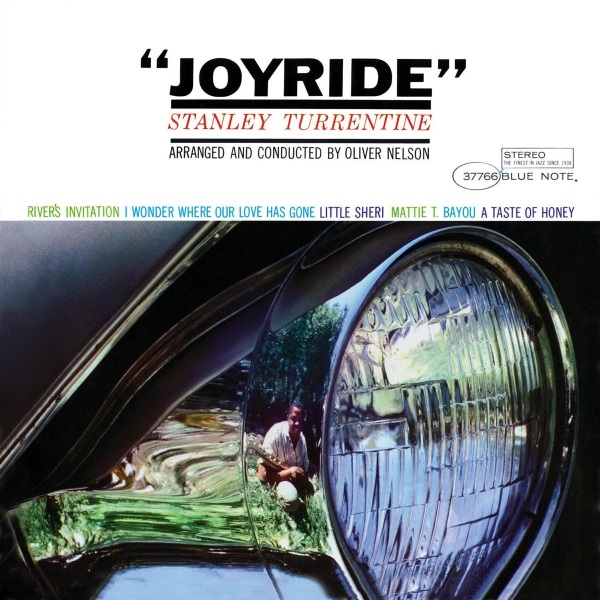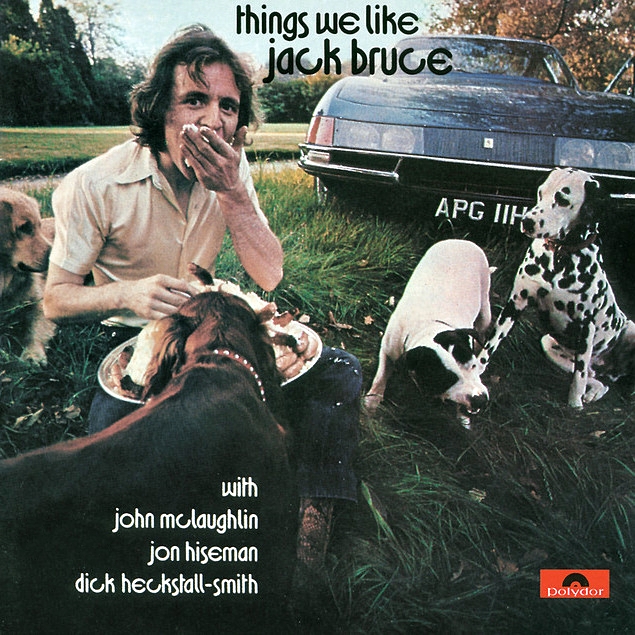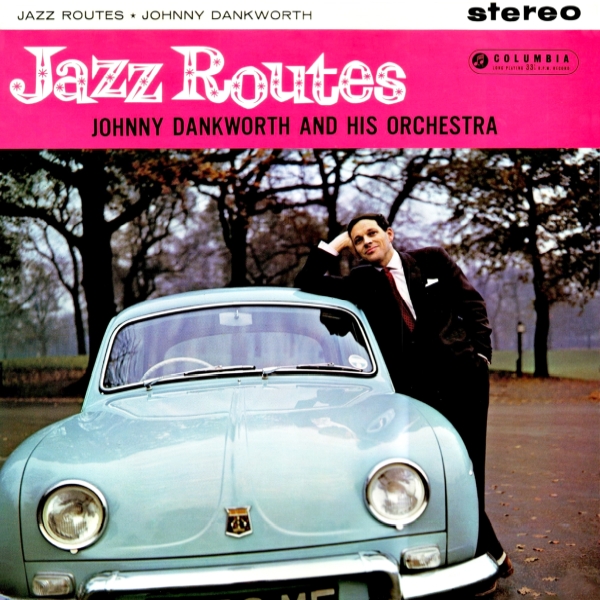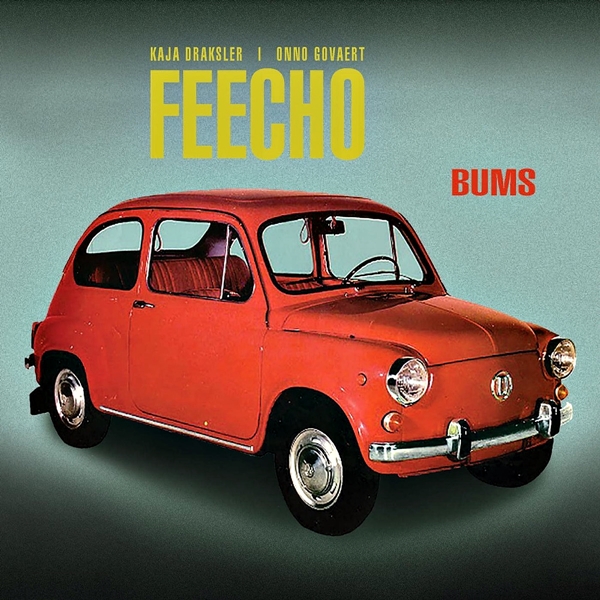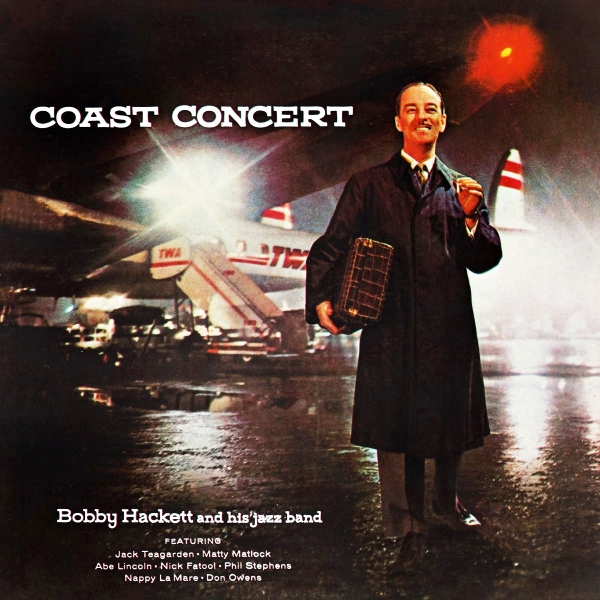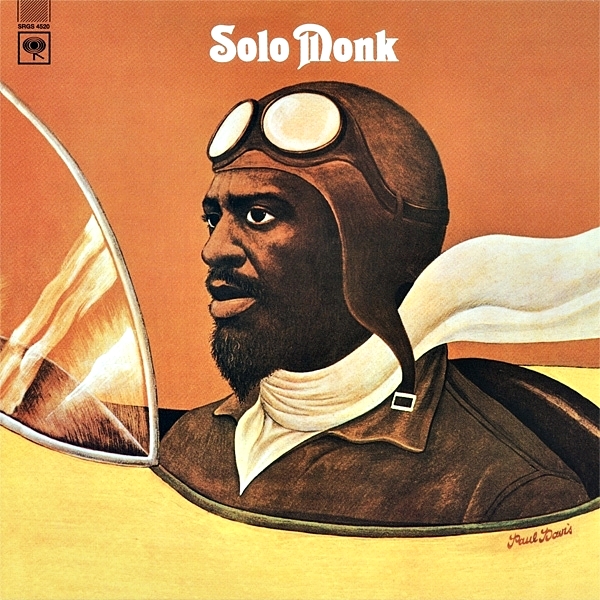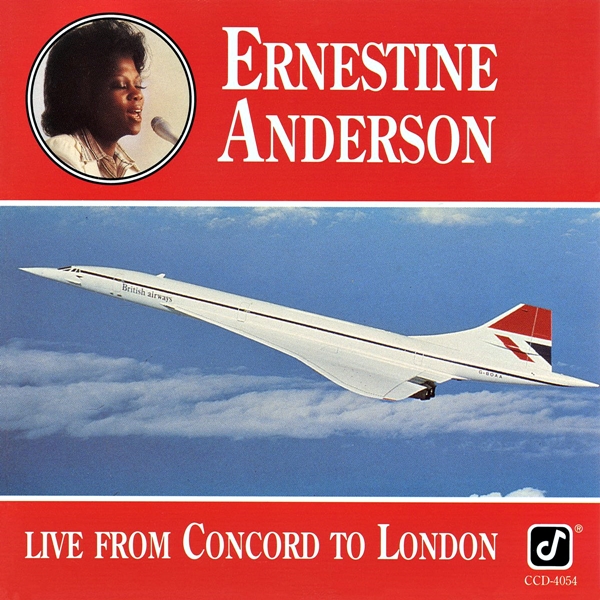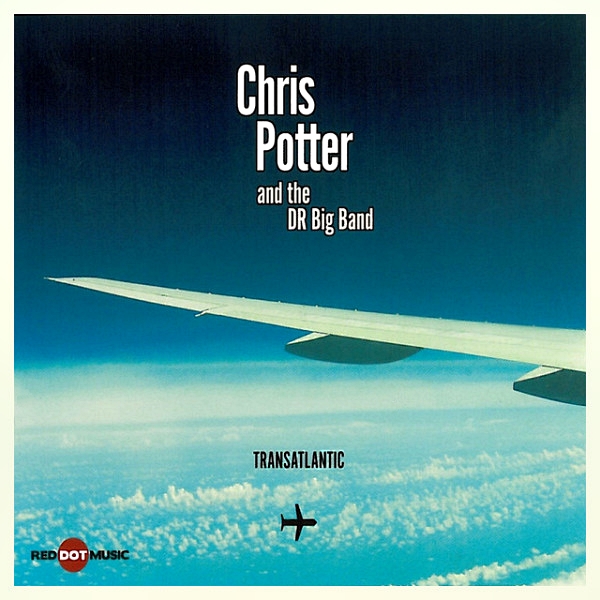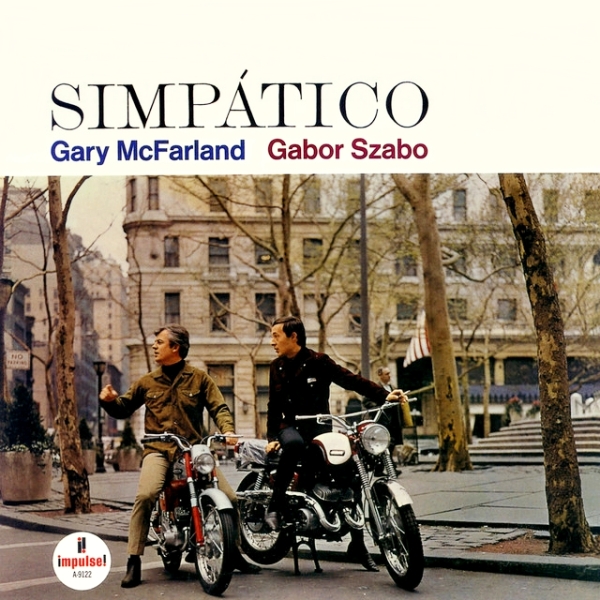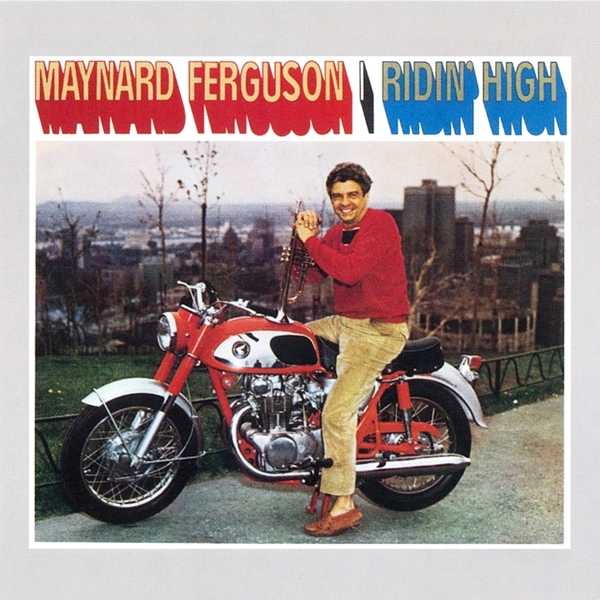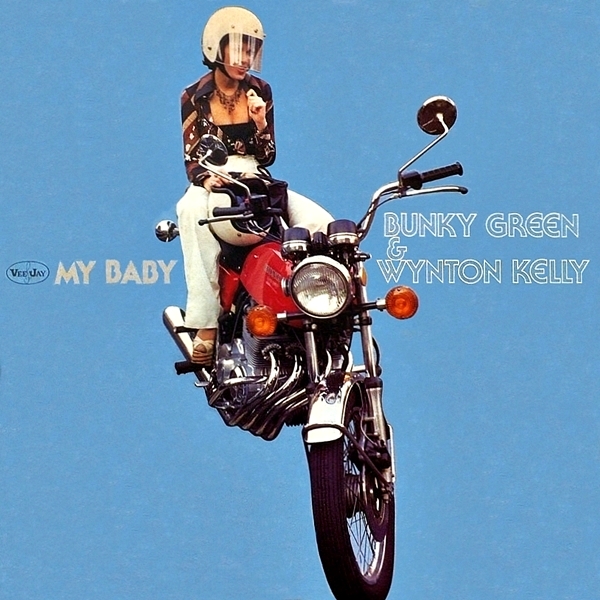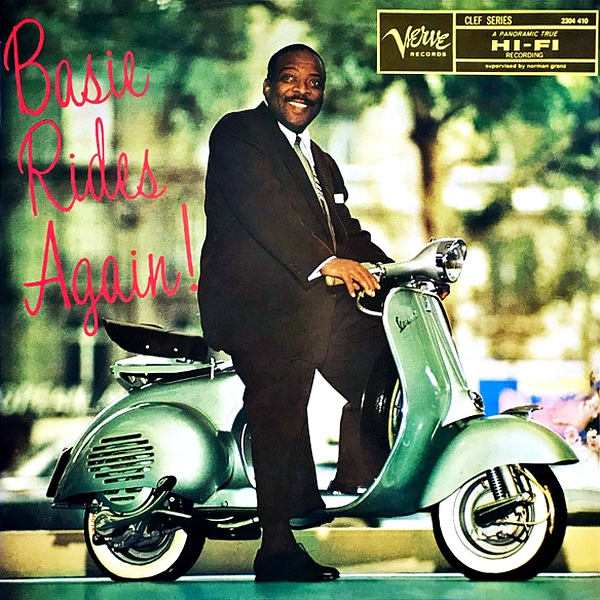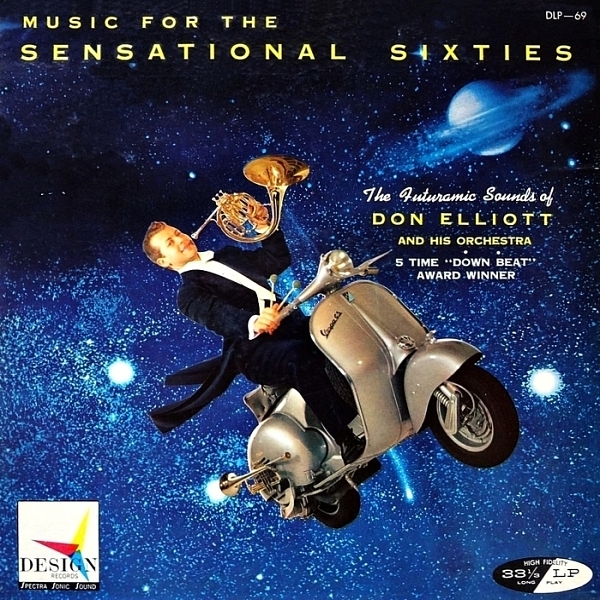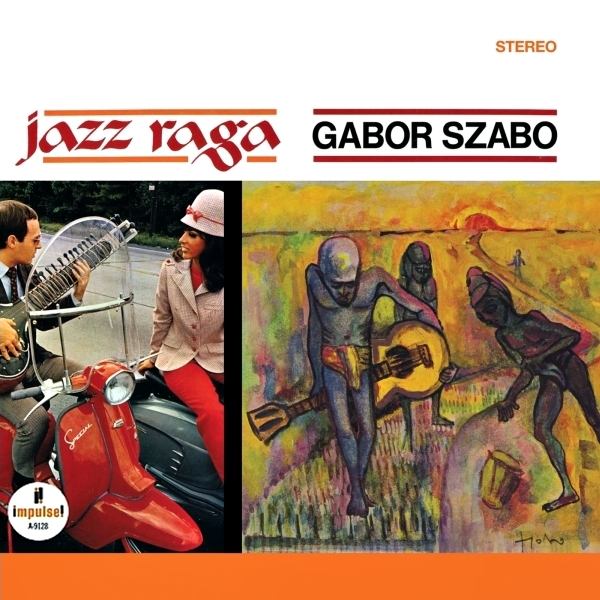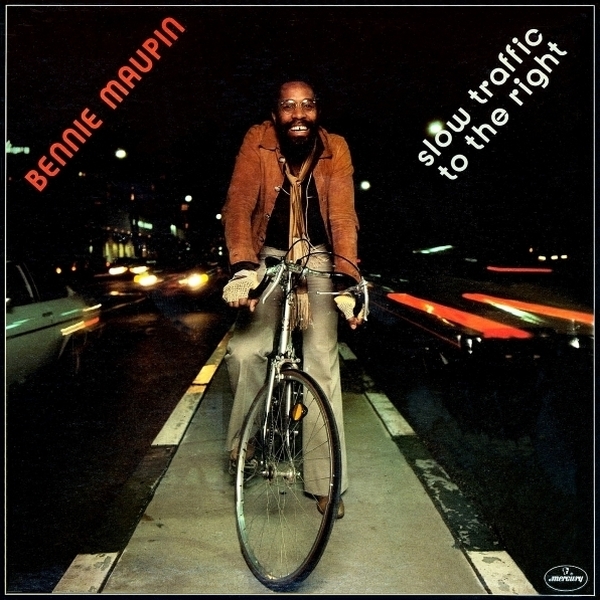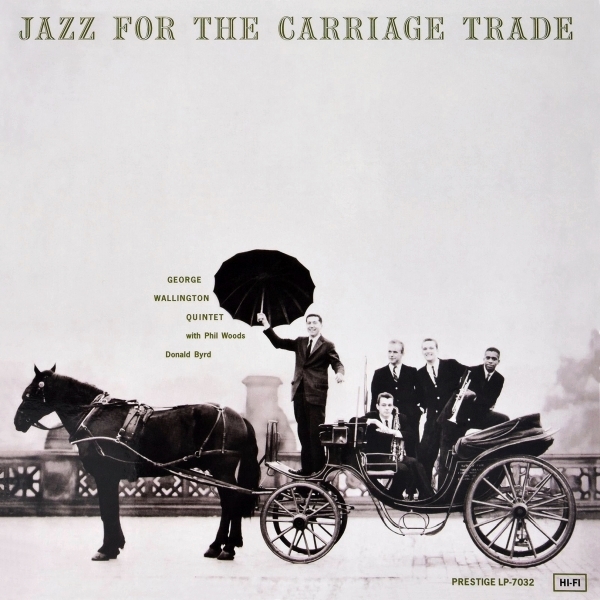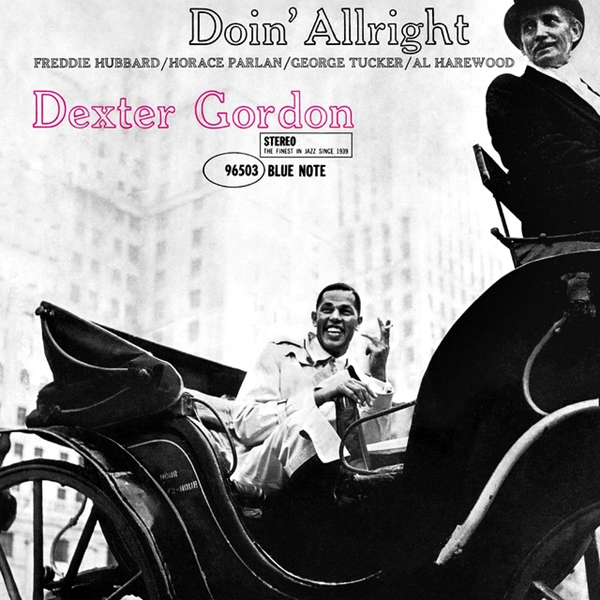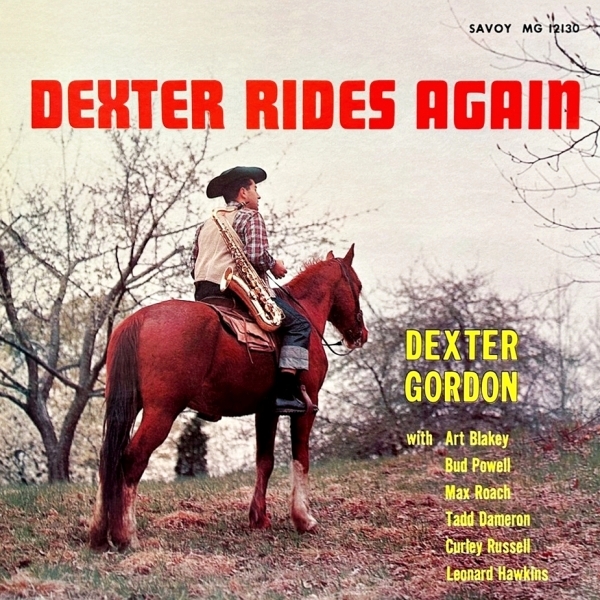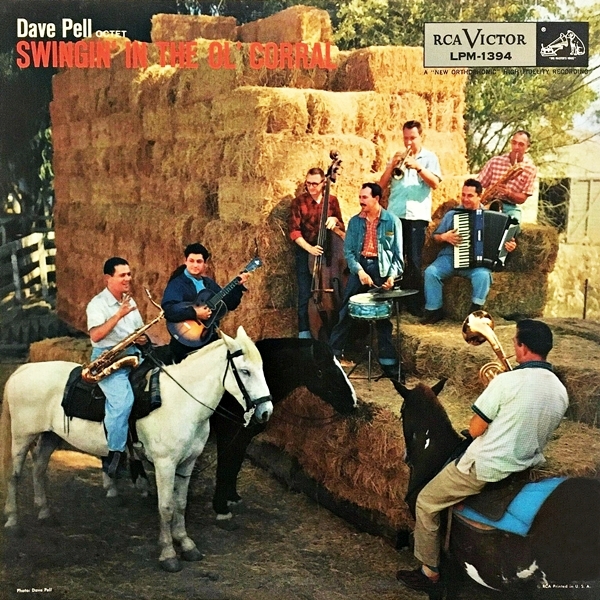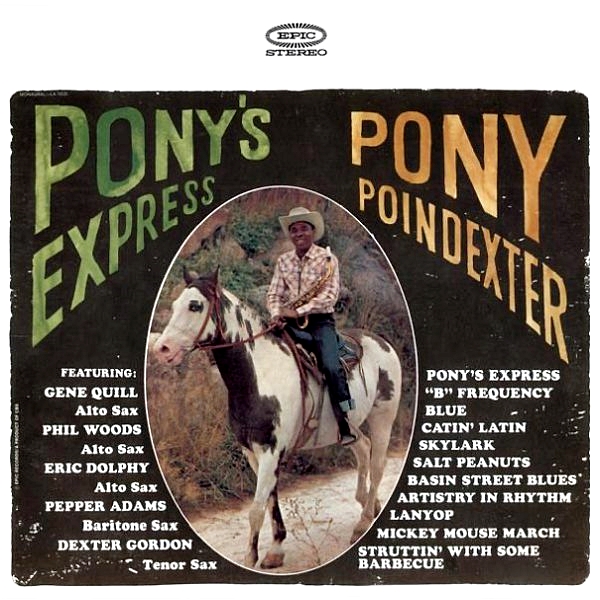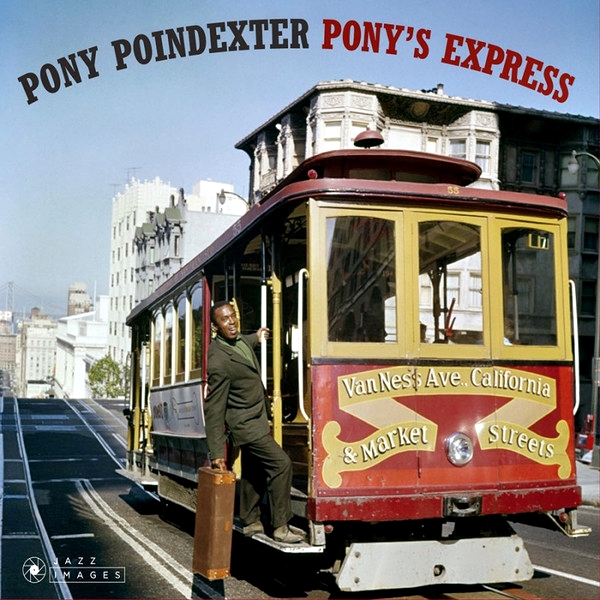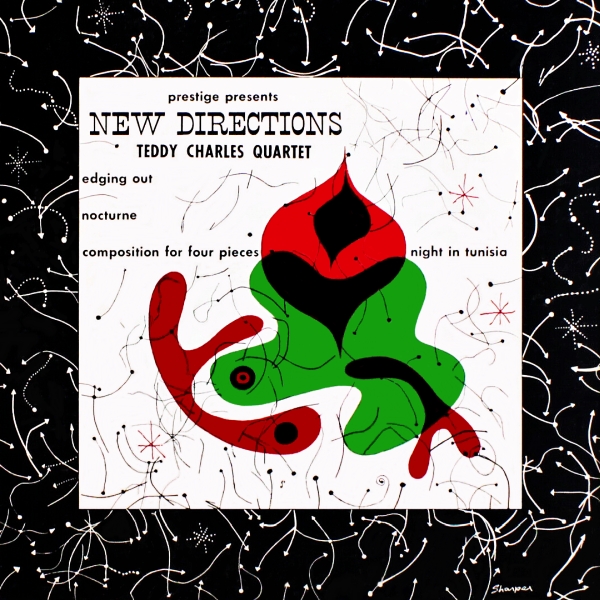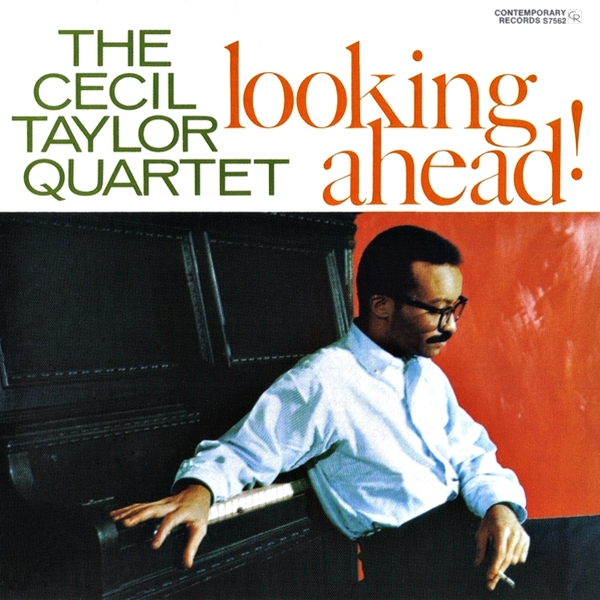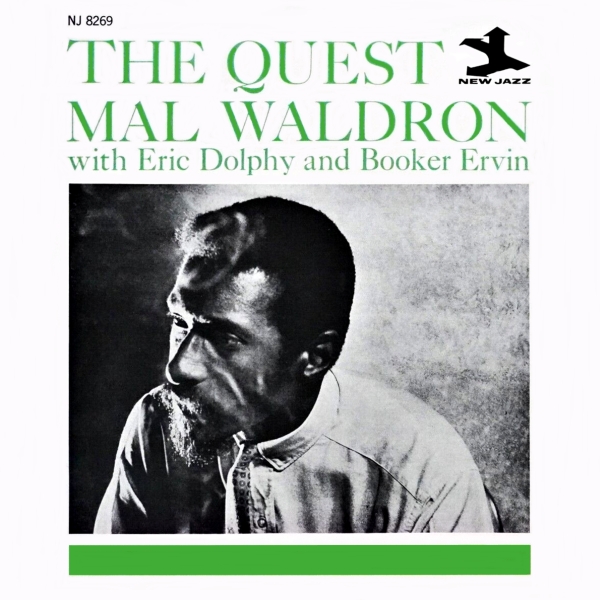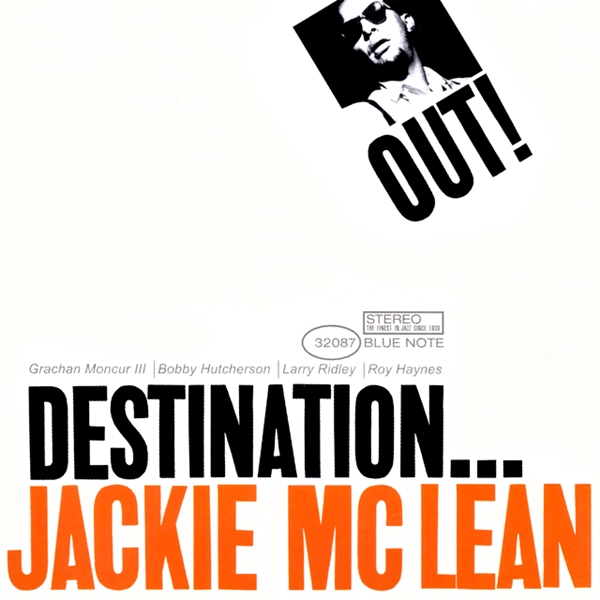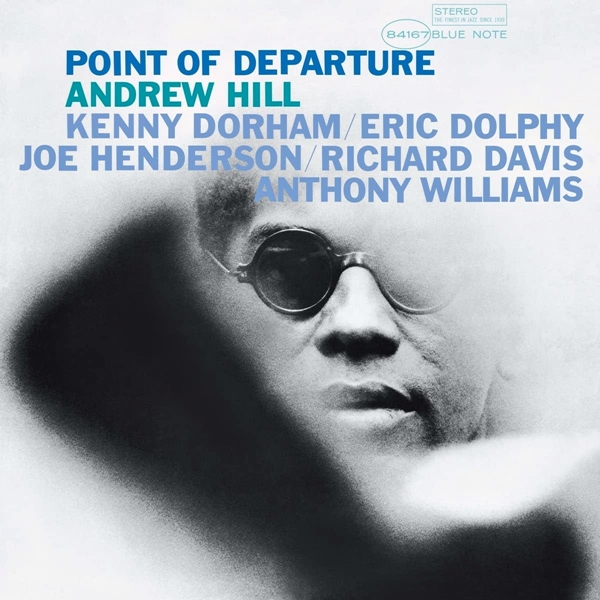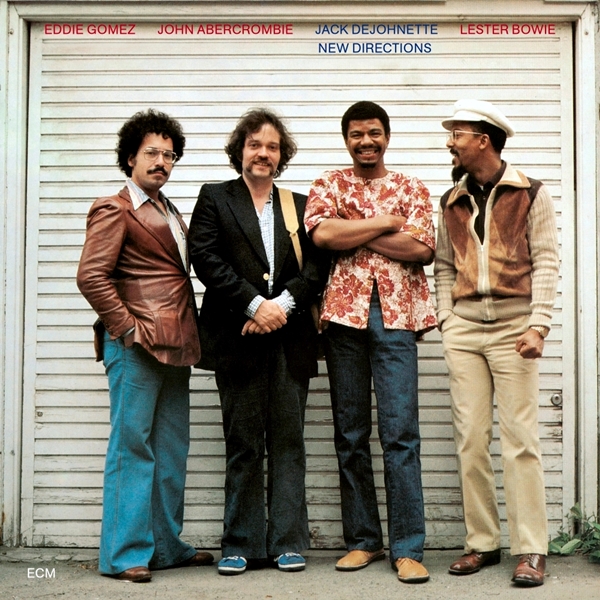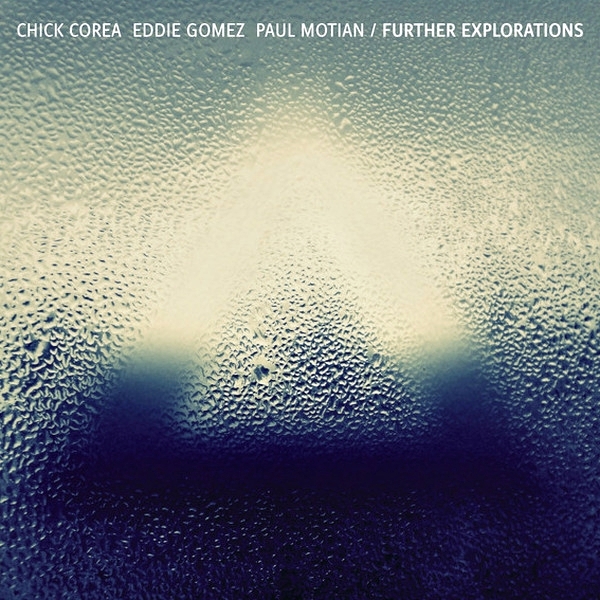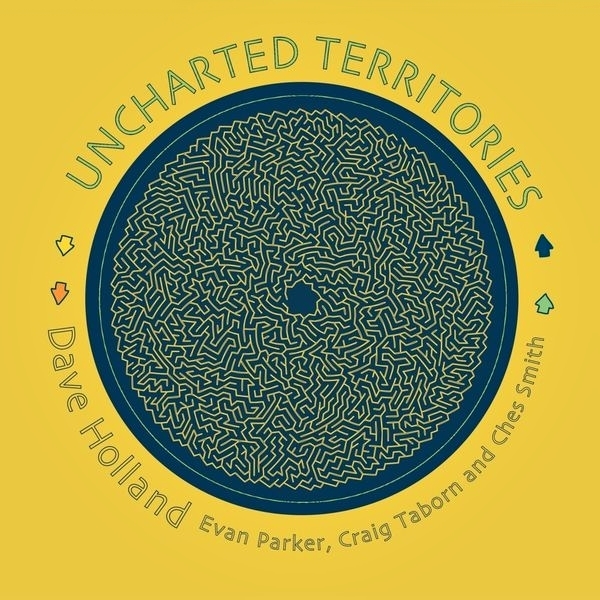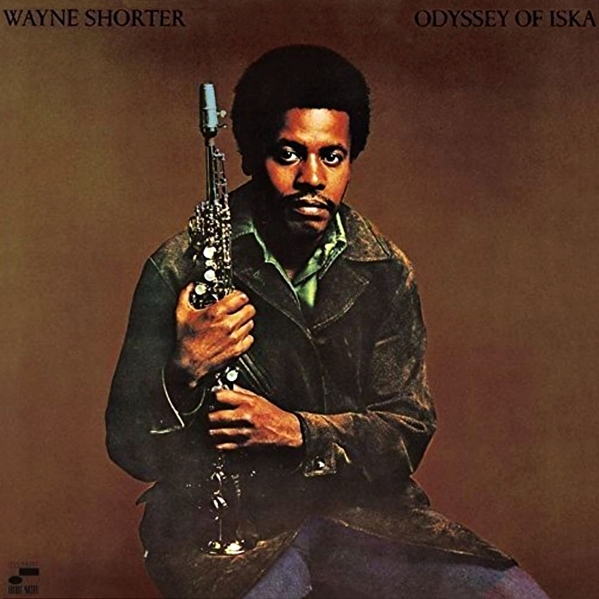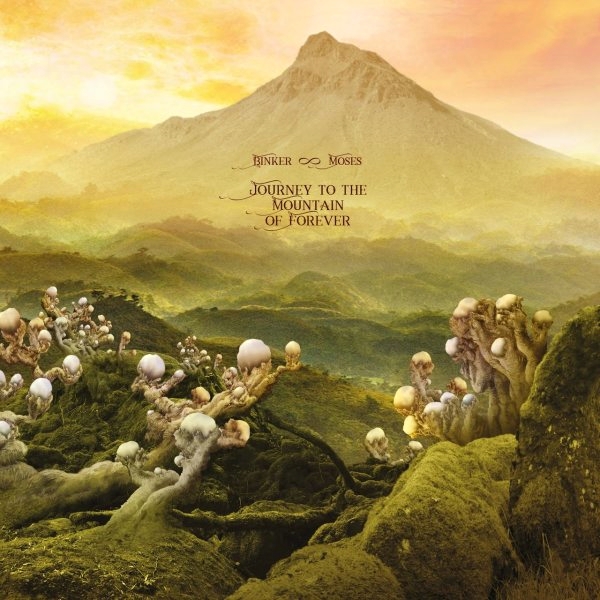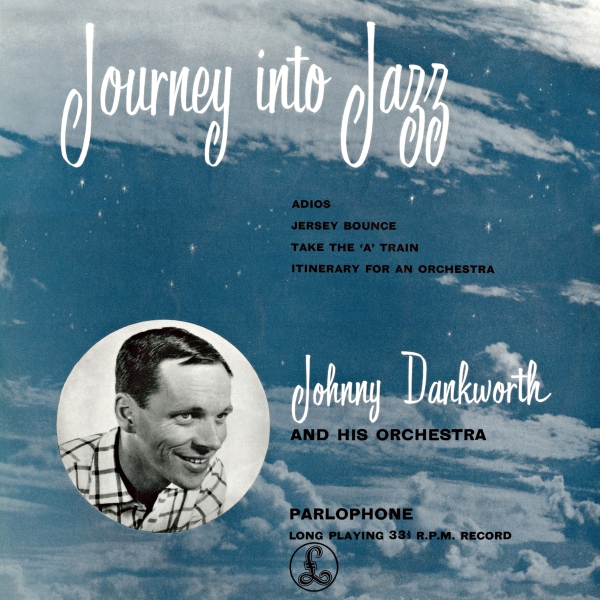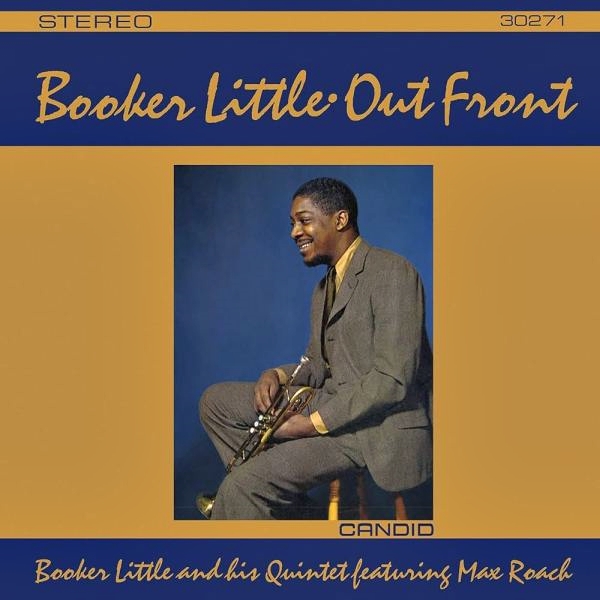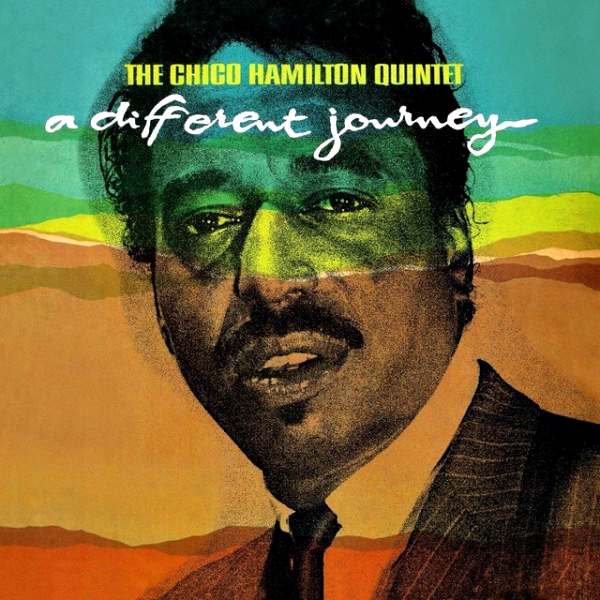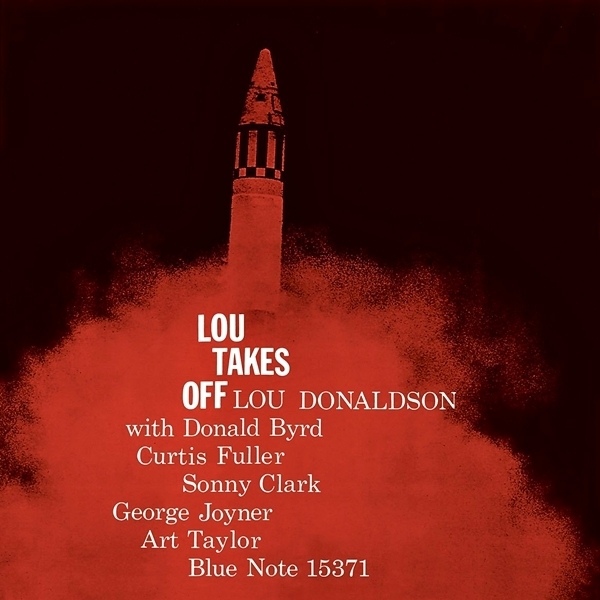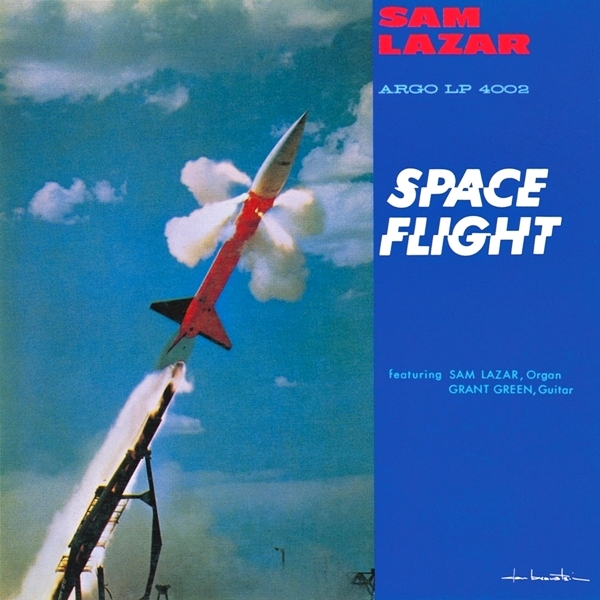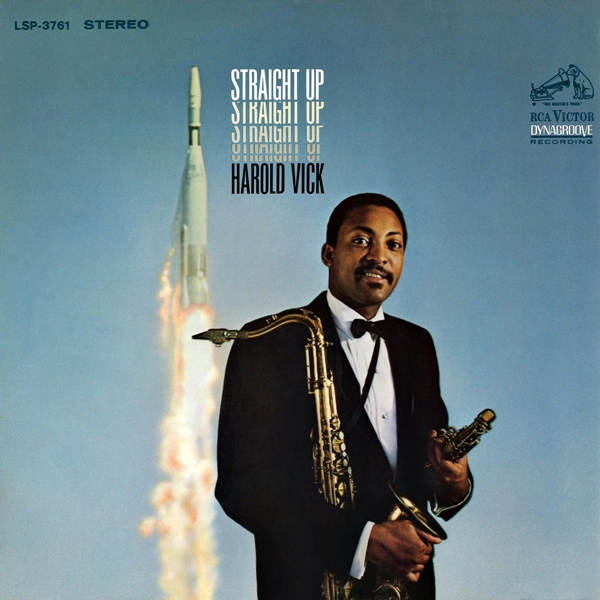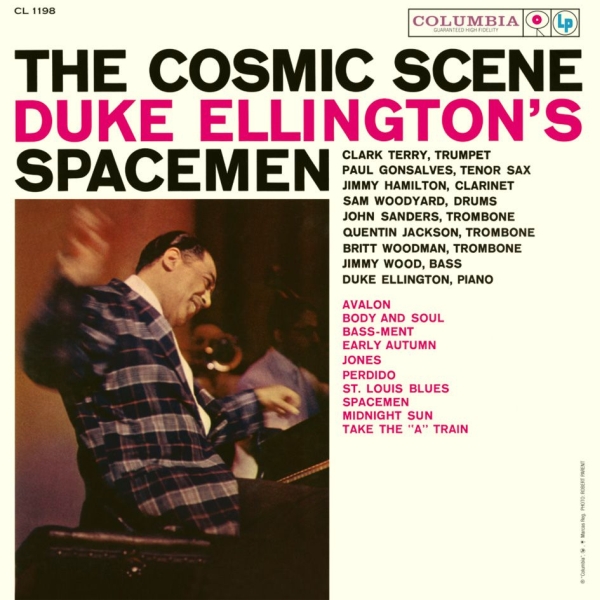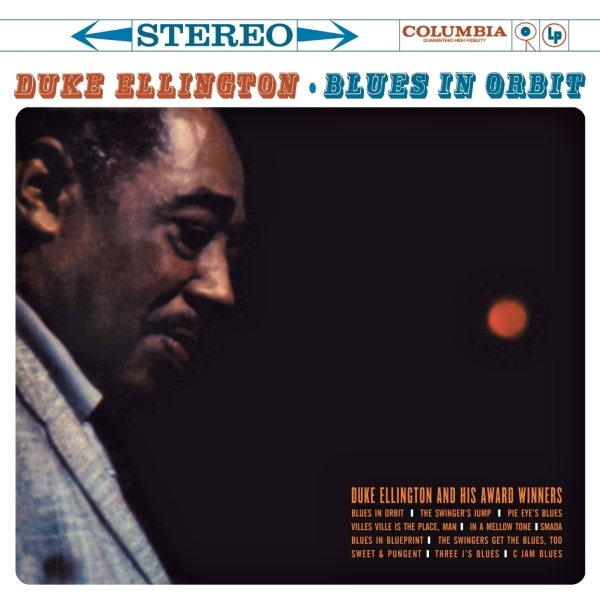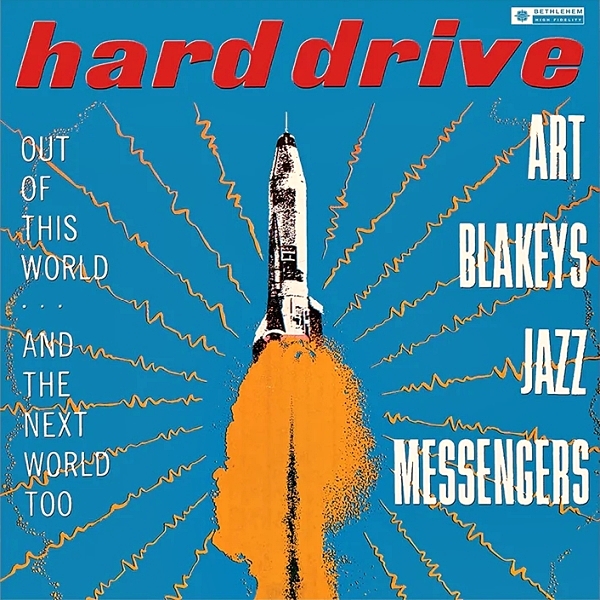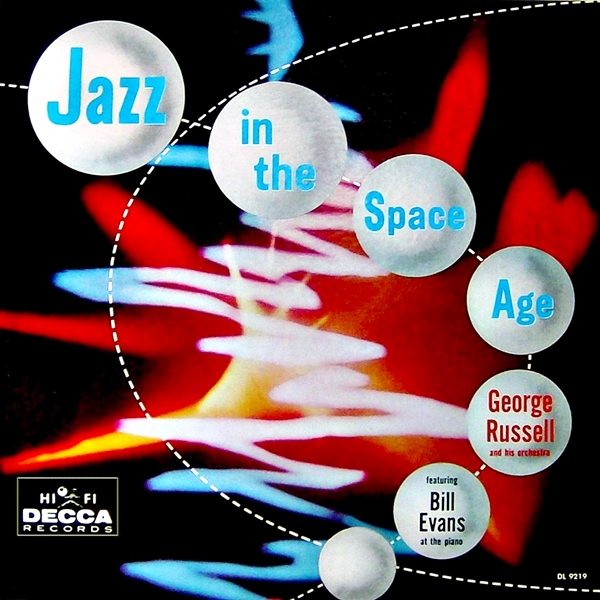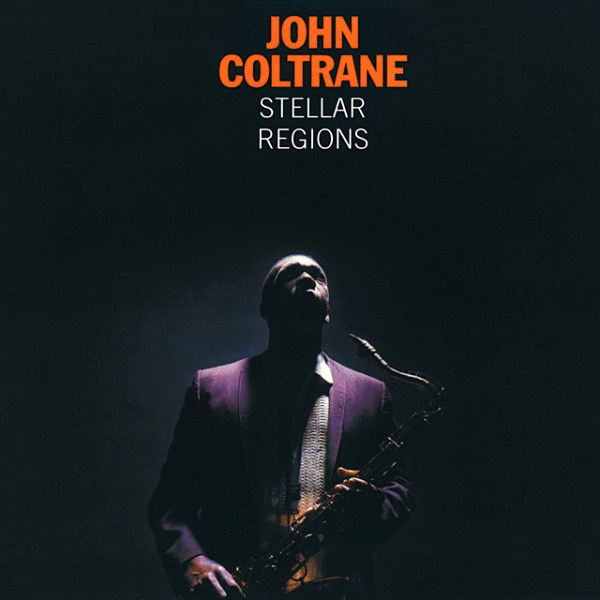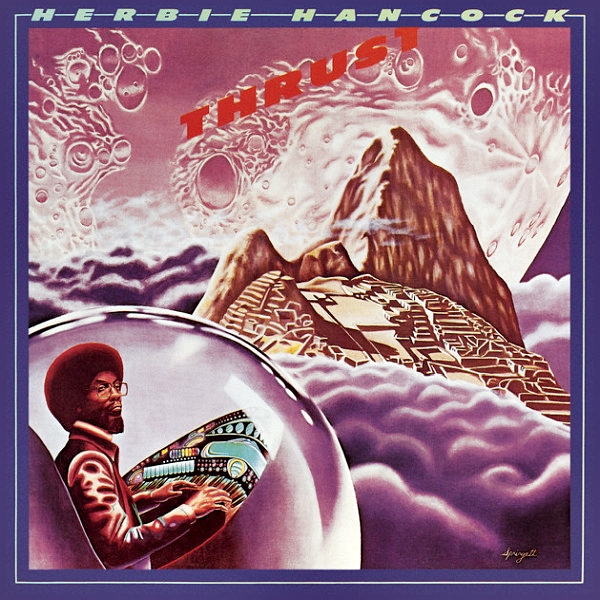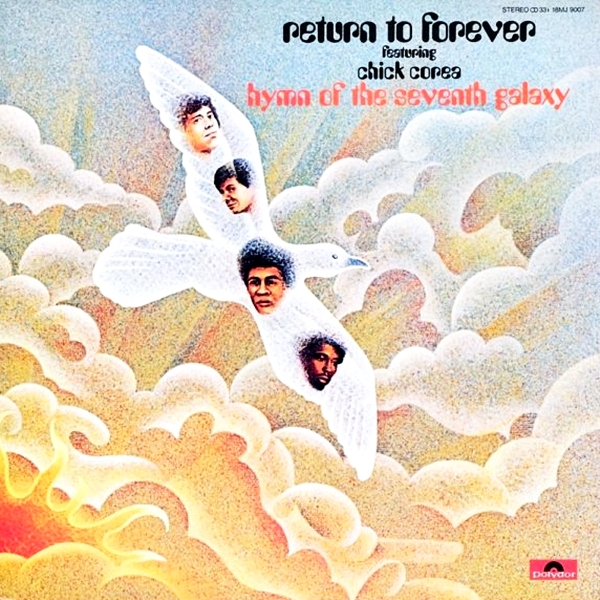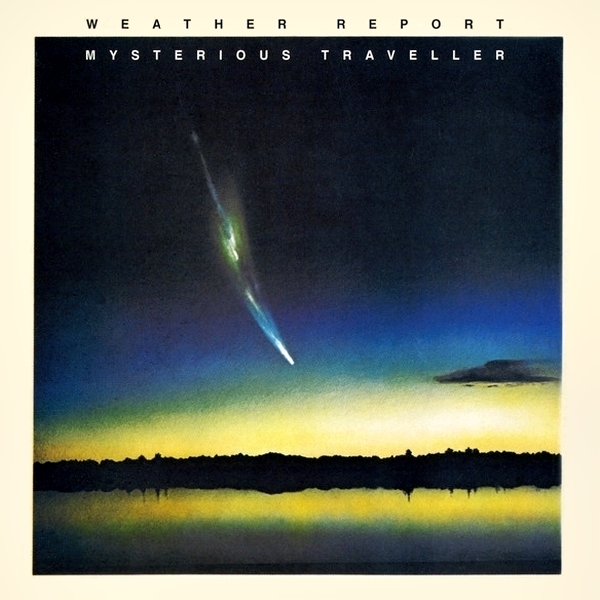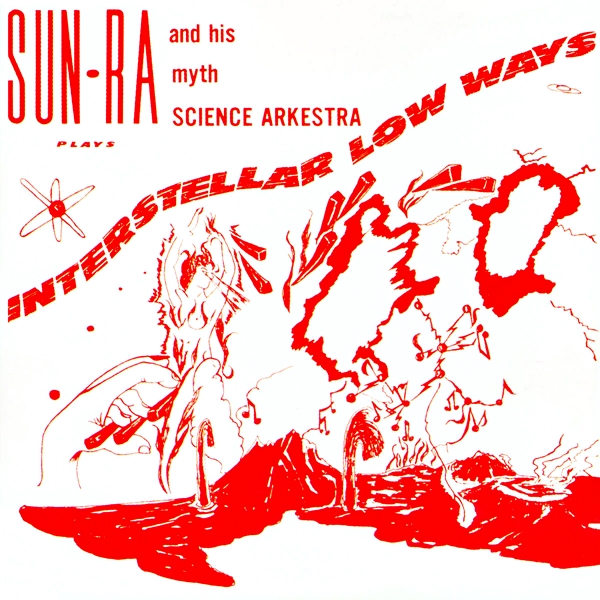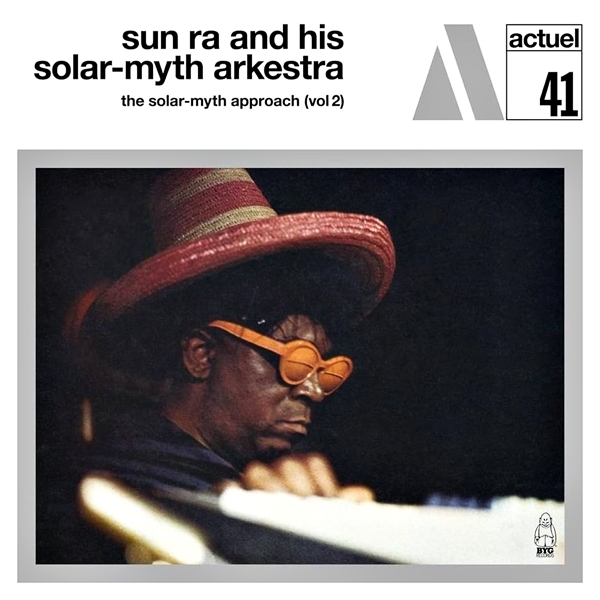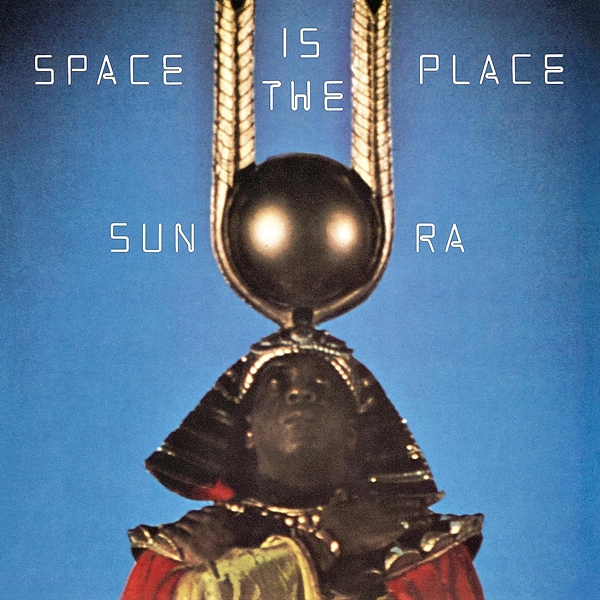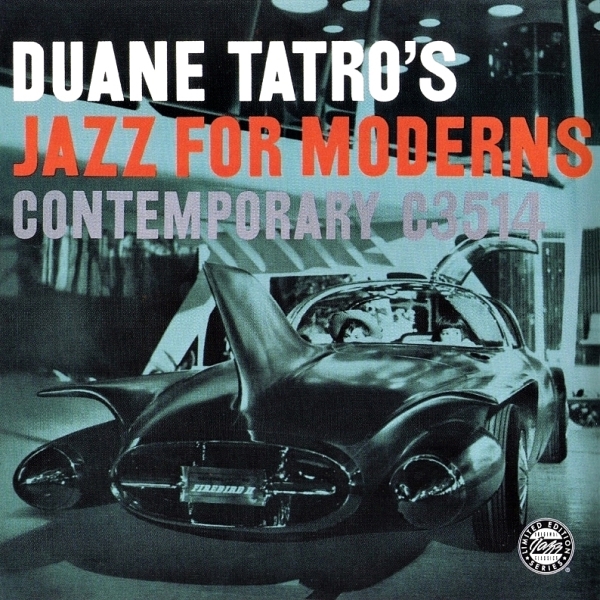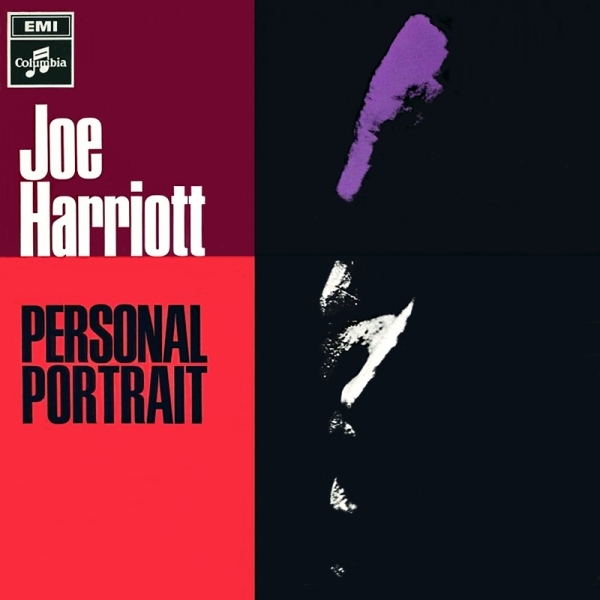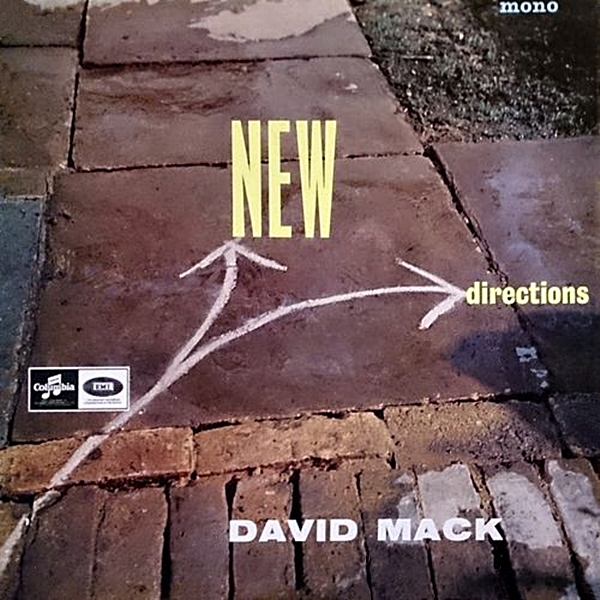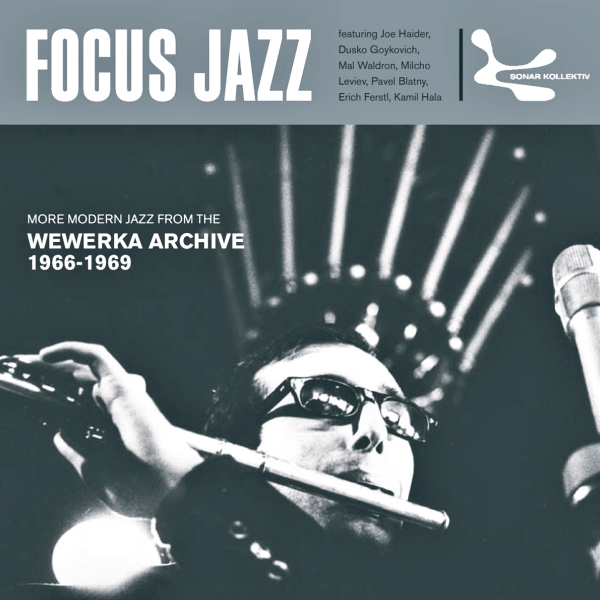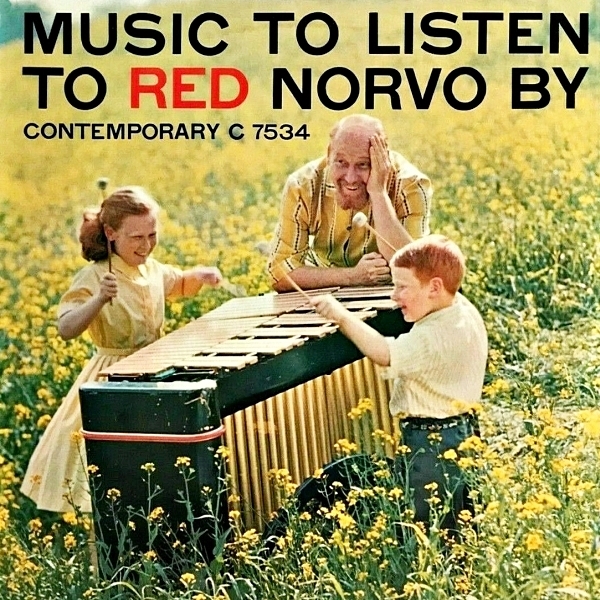This page accompanies my article, ‘Travel Stories: Metaphors of Journeying in Jazz’, which will be published in Jazzforschung/Jazz Research (Issues 50/51, 2024). The galleries below contain the cover artwork of all the record albums mentioned in the article (plus a few that didn’t make the cut), organized by section subheading, with the covers appearing in the order they are mentioned in the text. Click on any cover to see it at 600 pixels, and to scroll through each gallery. A PDF copy of the Discography, organized alphabetically by artist, can be downloaded here.
The Travel Stories Playlist, hosted on Spotify, includes the vast majority of the musical examples addressed in the article.
For the vast majority of working jazz musicians, the metaphor of the journey also has profoundly real implications. It is perhaps unsurprising, then, that the theme of travelling has featured extensively in the history and discourses of jazz, in ways that often blur or conflate the real, the fictional, and the metaphorical – tendencies that are evident in the recurring chronicles and iconography of jazz, as reflected in album cover art, album titles, composition titles, and critical commentary, as well as in occasional musical elements.
Do the Locomotion
The history of jazz, in common with the broader history of Western popular culture, has been filled with references to modes of transportation, in which notions of travelling and mobility are both metaphorized and made explicit. Train and railroad imagery has been ubiquitous throughout the history of popular music, with the train often signifying mobility, progress, freedom, and escape. Jazz has provided a number of notable examples, with locomotion encoded not only in tune titles but also in musical gestures, imitating the sounds and rhythms of trail travel. The covers of many jazz albums from the 1950s onwards are rich sources of train iconography.
Hard Driving Jazz
In the world of popular music, the automobile has been a ubiquitous presence, easily rivalling the history of train references outlined above. In the jazz world, however, the car has rarely been addressed musically, tending to function simply in terms of iconography, particularly in album cover design, pairing leading-edge cars and leading-edge jazz in shared tropes of sophistication, power, movement, risk, and exhilaration.
Planes and Boats and Bikes (and Horses Too)
The iconography of flight and air travel features less than one might expect on jazz album covers, given the realities of international touring. Images of the sea and sailing are relatively rare on jazz albums, but a few examples are especially noteworthy. Motor bikes and scooters make occasional appearances on jazz album covers, although bicycles are fairly uncommon. Horses are rather rare in the iconography of jazz. Go figure.
New Directions
Beyond issues of touring, life on the road, and the iconography of transportation, the broader metaphors of the journey, of travelling, and of exploration have been common themes in jazz discourse, especially as expressed in album titles, employed to signify new musical styles and approaches, and new forms of experimentation and innovation.
Space is the Place
The launch of Sputnik 1, Earth’s first artificial satellite, by the Soviet Union in October 1957 marked the beginning of the Space Age, which, over the next couple of decades, became an enormously popular cultural motif, influencing design, fashion, film, and music. Jazz was hardly immune to the iconography of space and space travel, which was often employed by artists and record labels as an indicator of modish topicality and ‘futuristic’ ambitions. But if some examples can be understood as simply reflecting and responding to the zeitgeist of the period, it must also be acknowledged that some instances of the space motif have a considerably more serious intent.
Paths Not Followed
A common thread running throughout the metaphorical concepts highlighted above is that they have most often been associated with teleological, goal-directed narratives in which allegories of journeying and exploring almost inevitably involve affirmative visions of arrival and discovery. But the history of jazz criticism is littered with negative assessments of those artists who have allegedly failed to complete their metaphorical journeys, expressed in equally metaphorical terms: they took wrong turns, they made missteps, they lost their way, they explored blind alleys. Against this background, it is interesting to pause to consider those metaphors that might be regarded as corollaries or complements to these linear narratives, acknowledging a somewhat untidier but perhaps more nuanced conceptualization of creativity and originality – namely, metaphors of paths not followed, of roads not taken, of unexpected detours, of unexplored regions.
© Alan Stanbridge 2024


